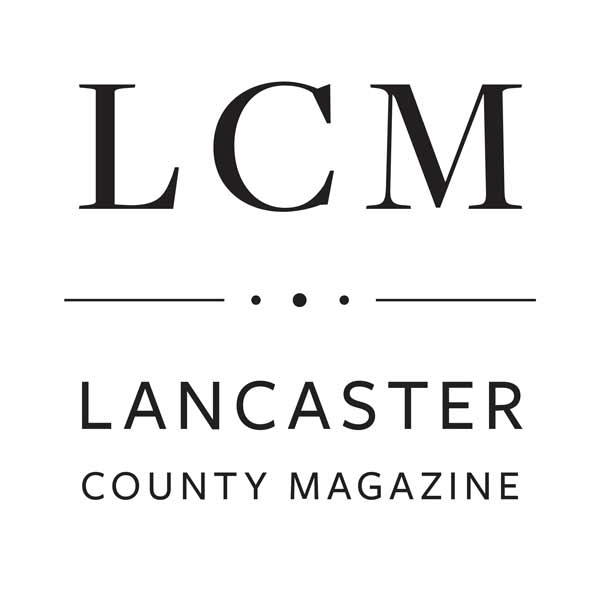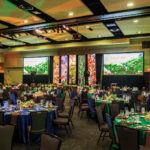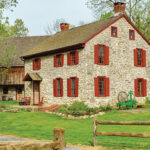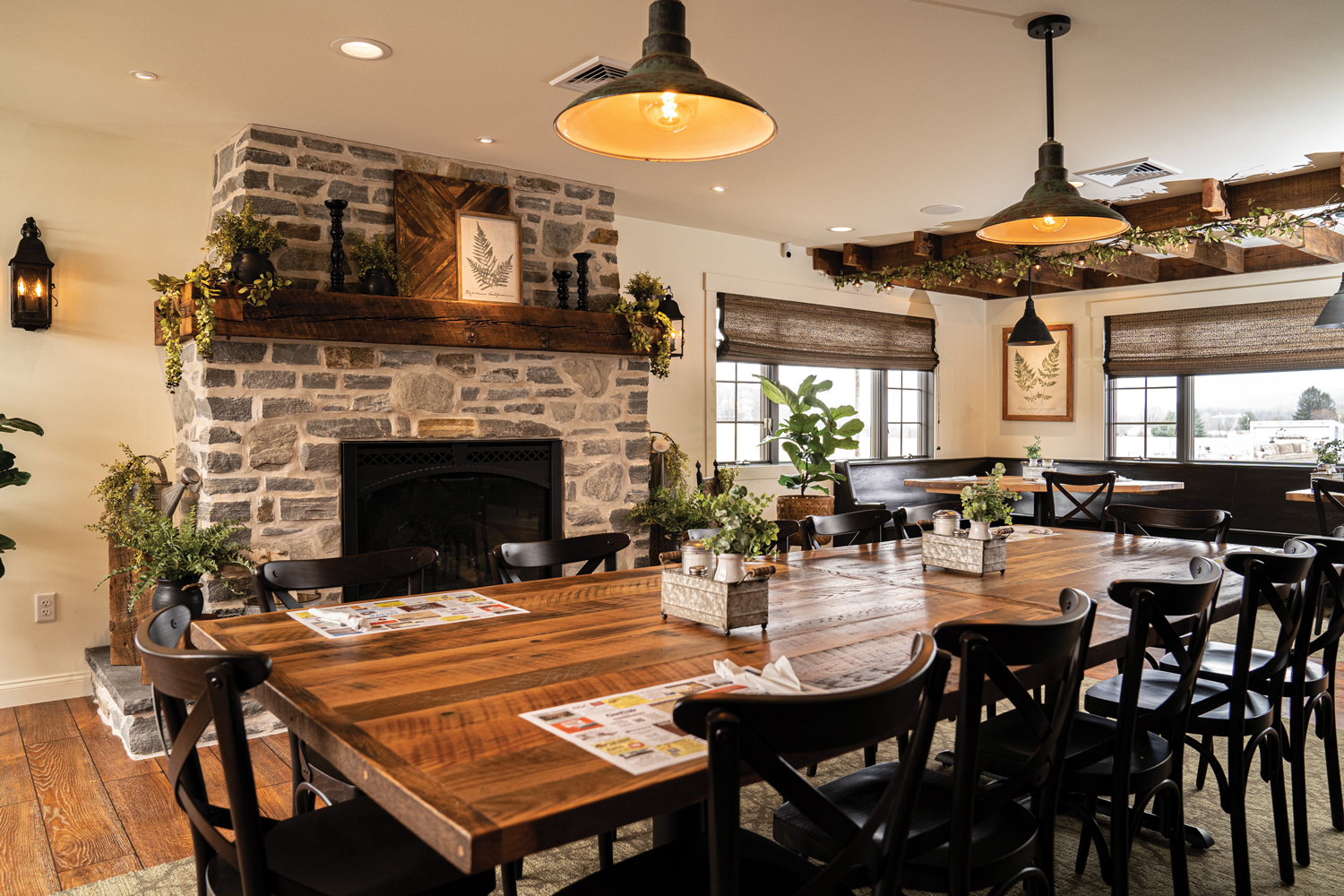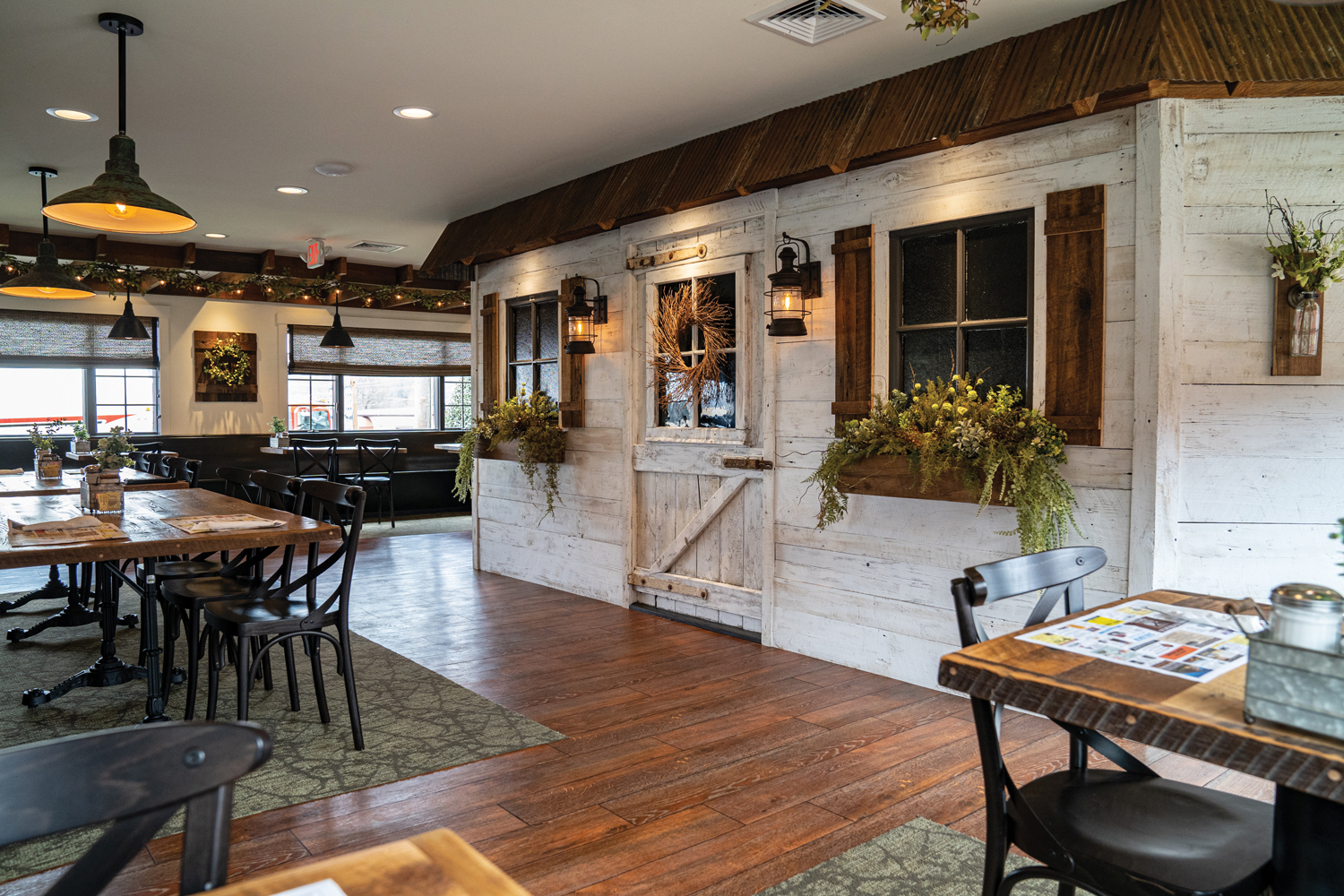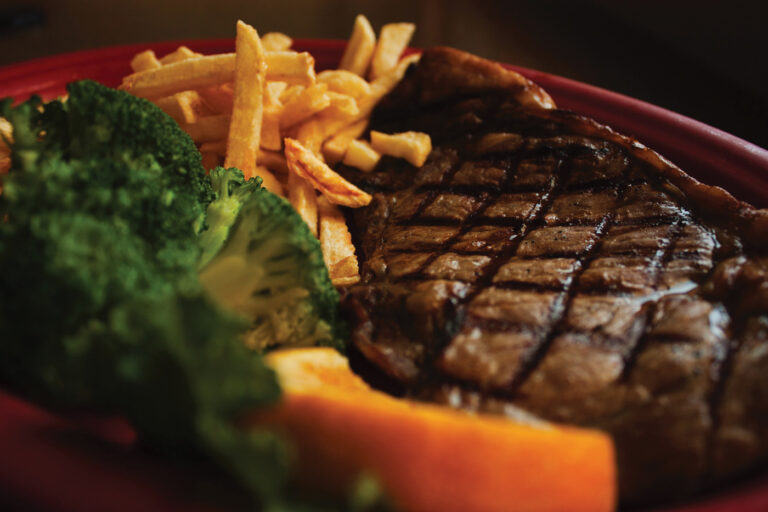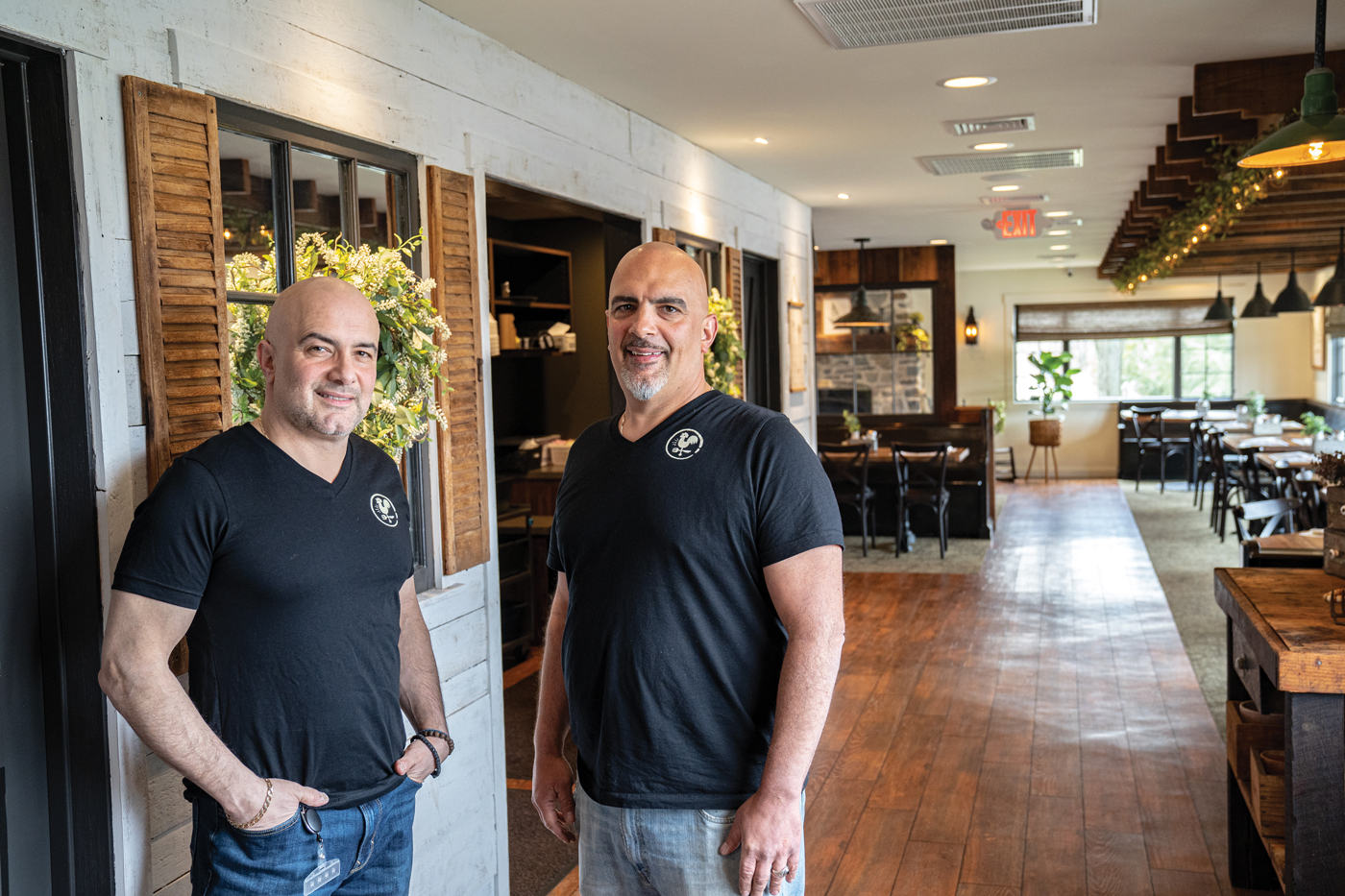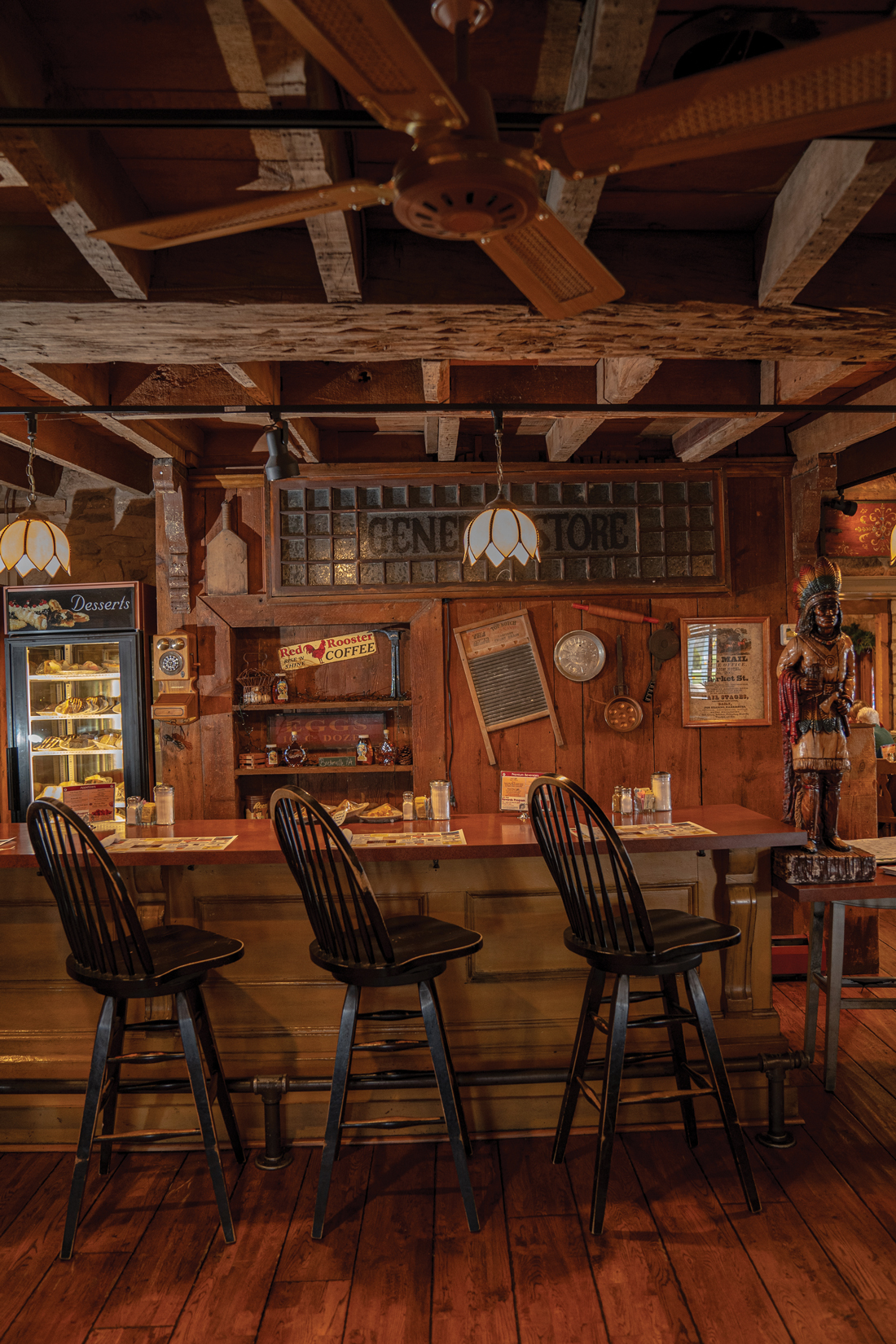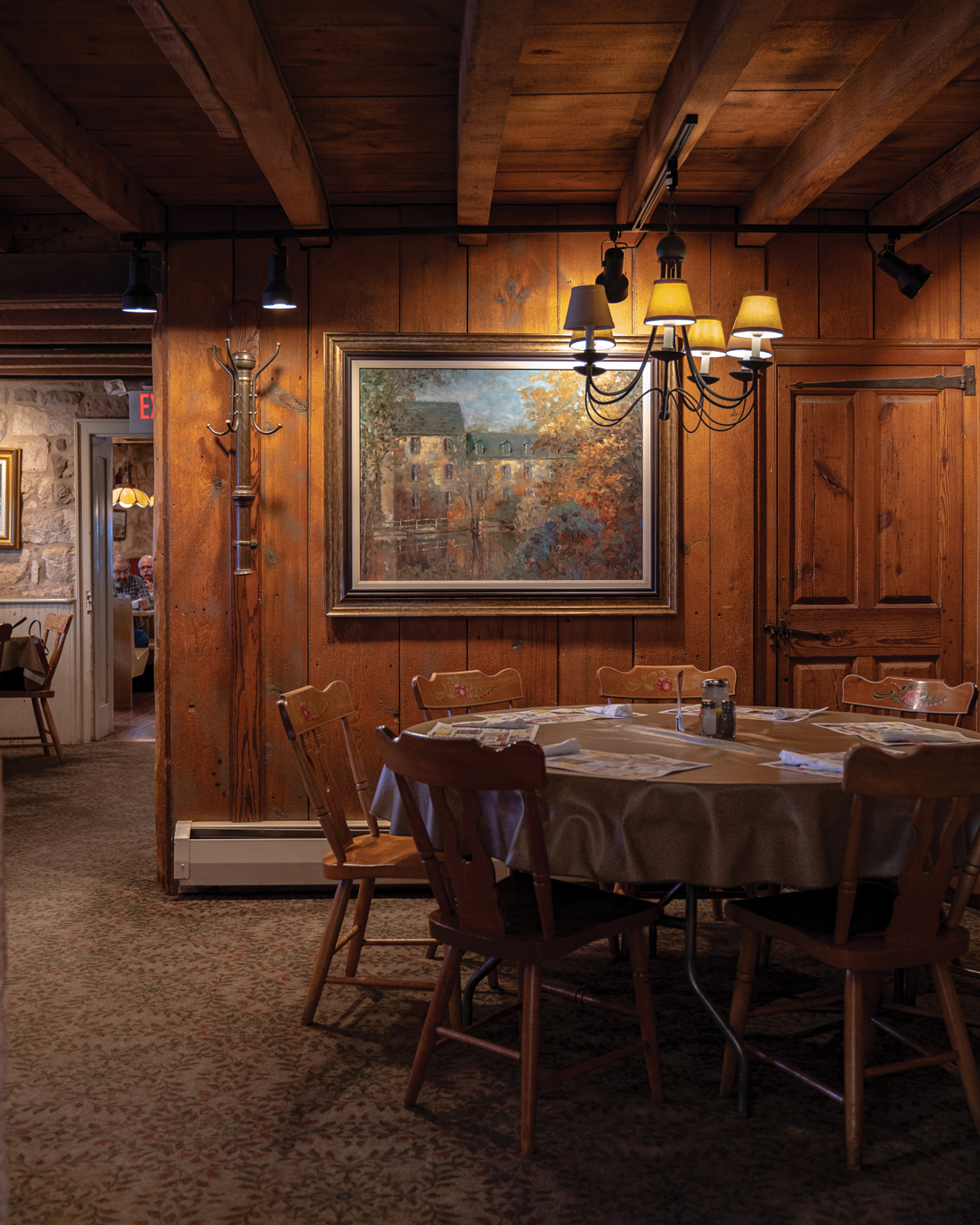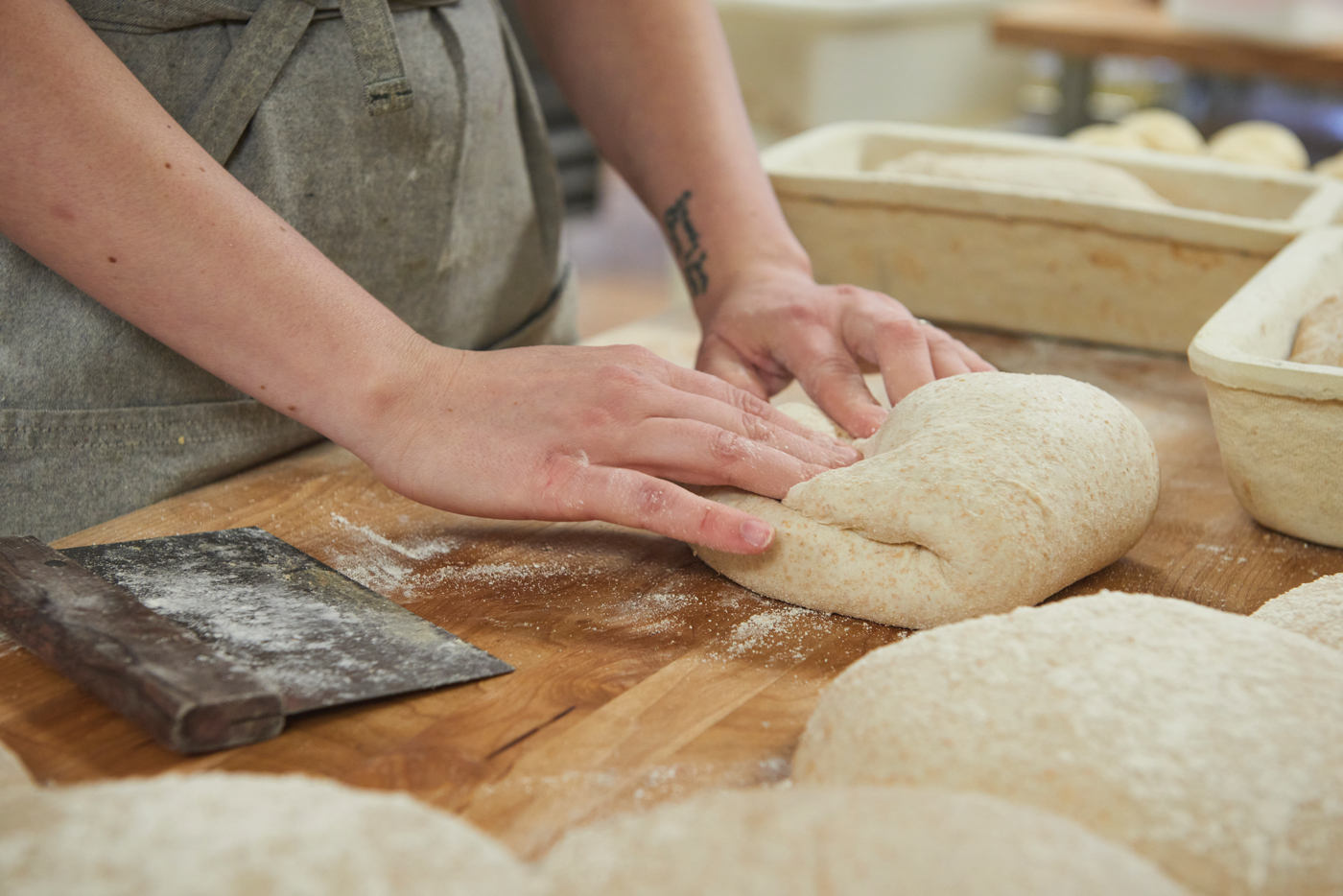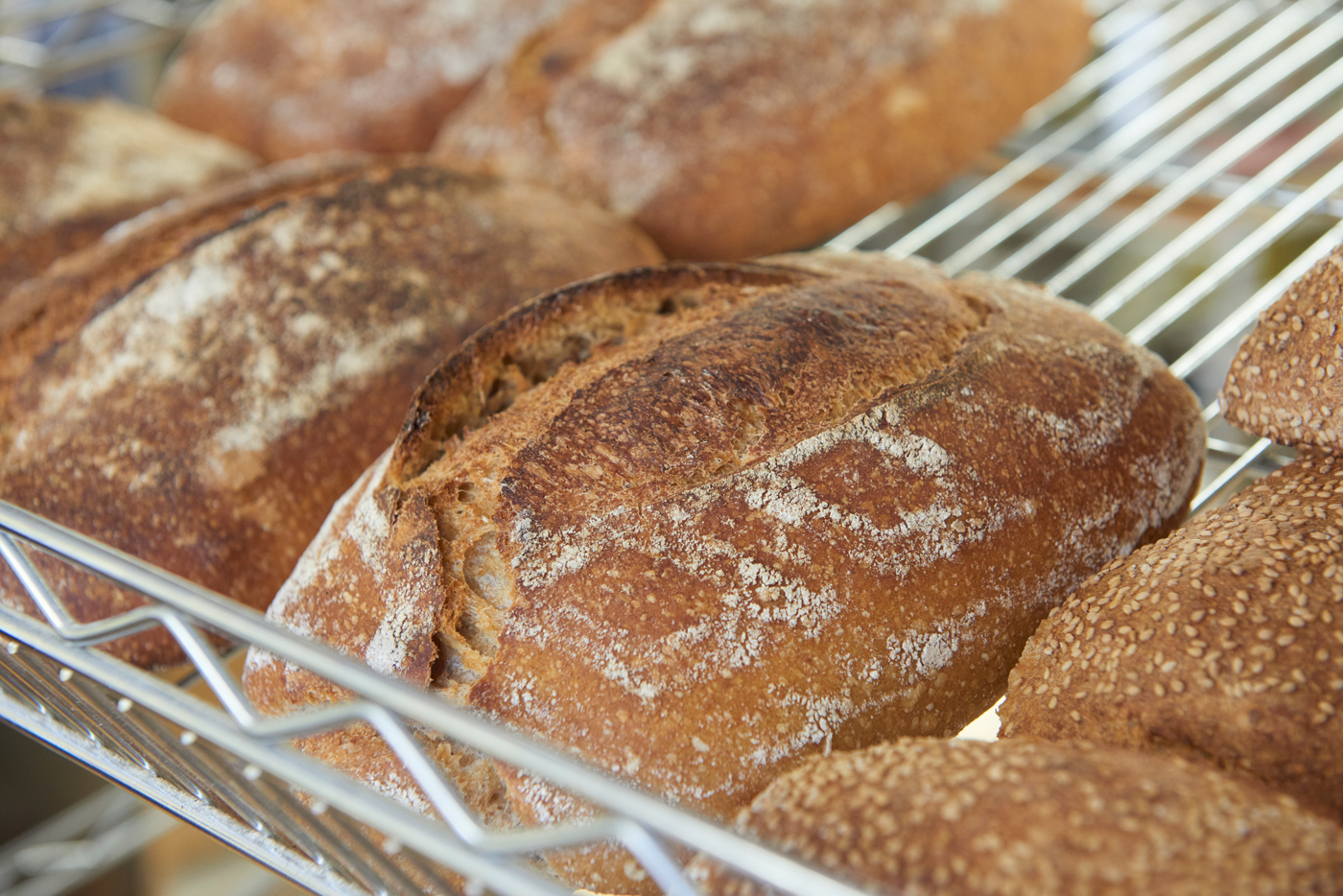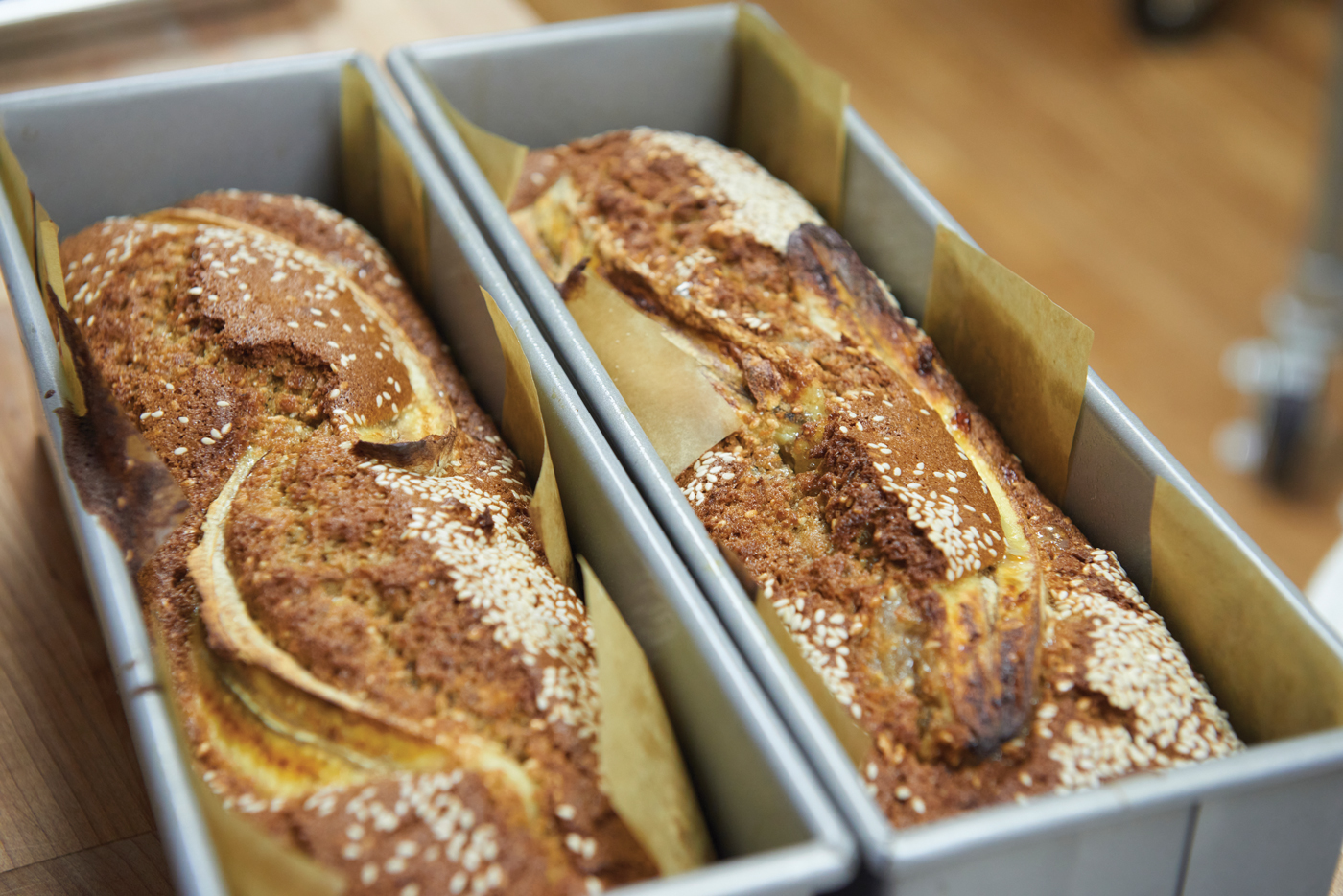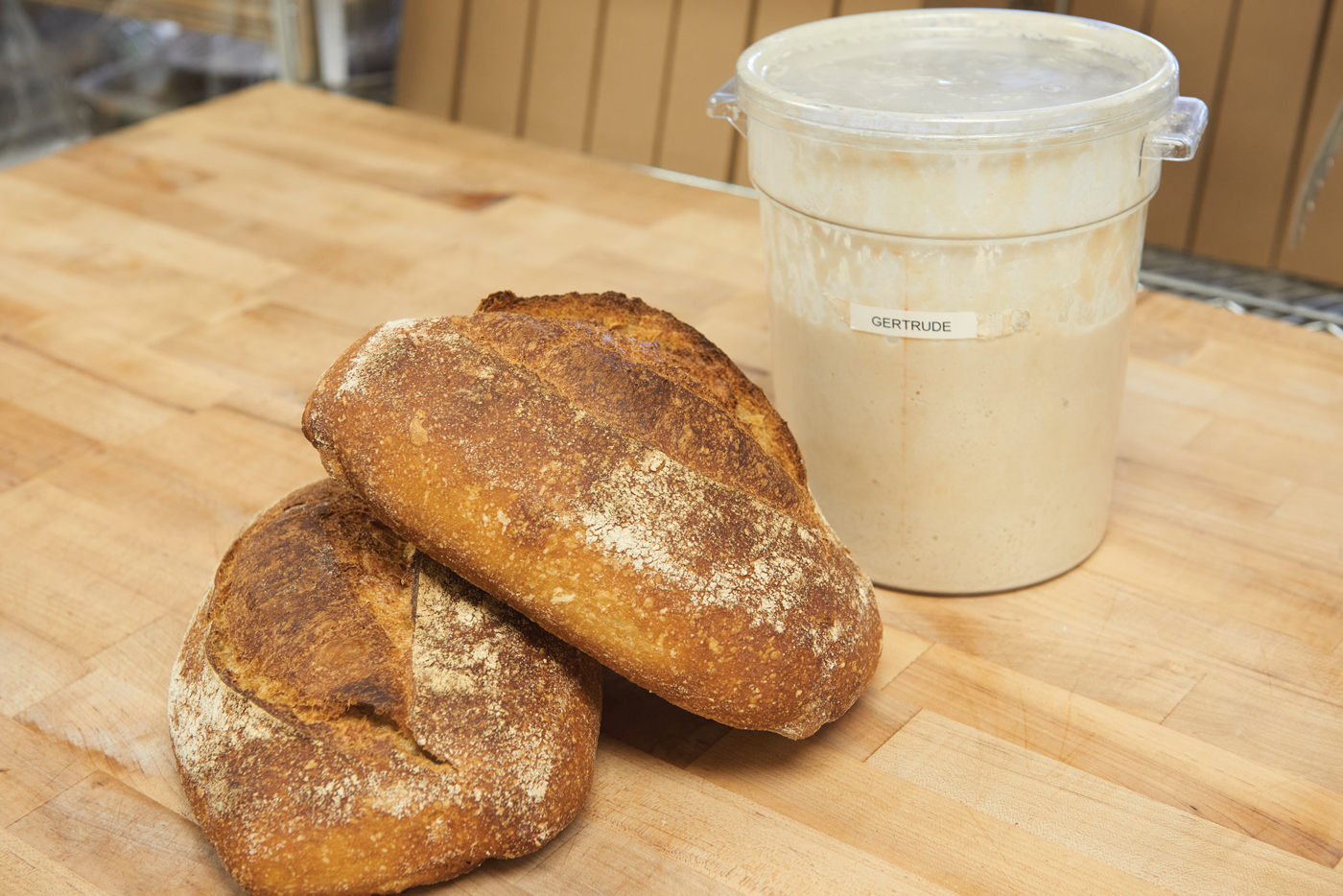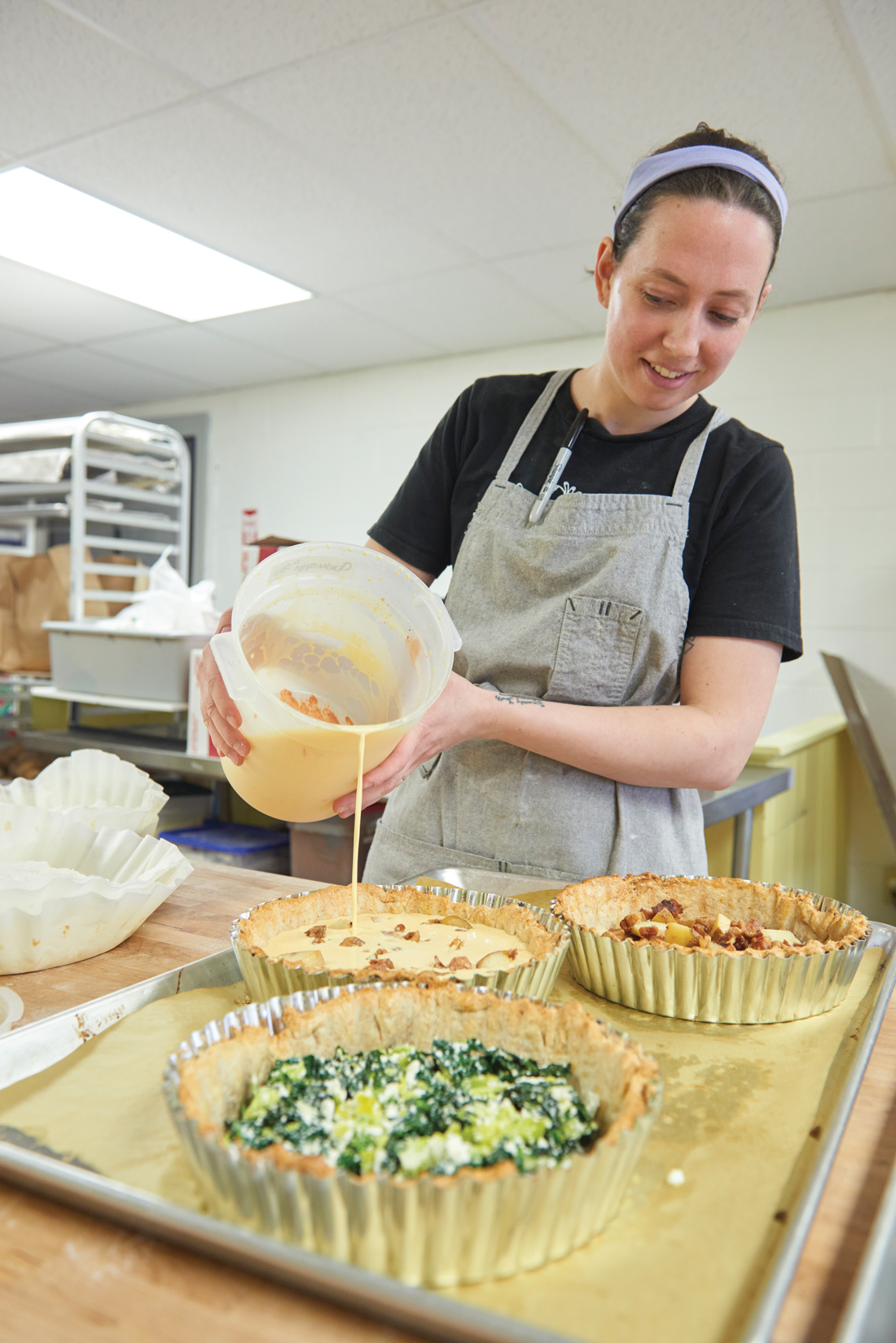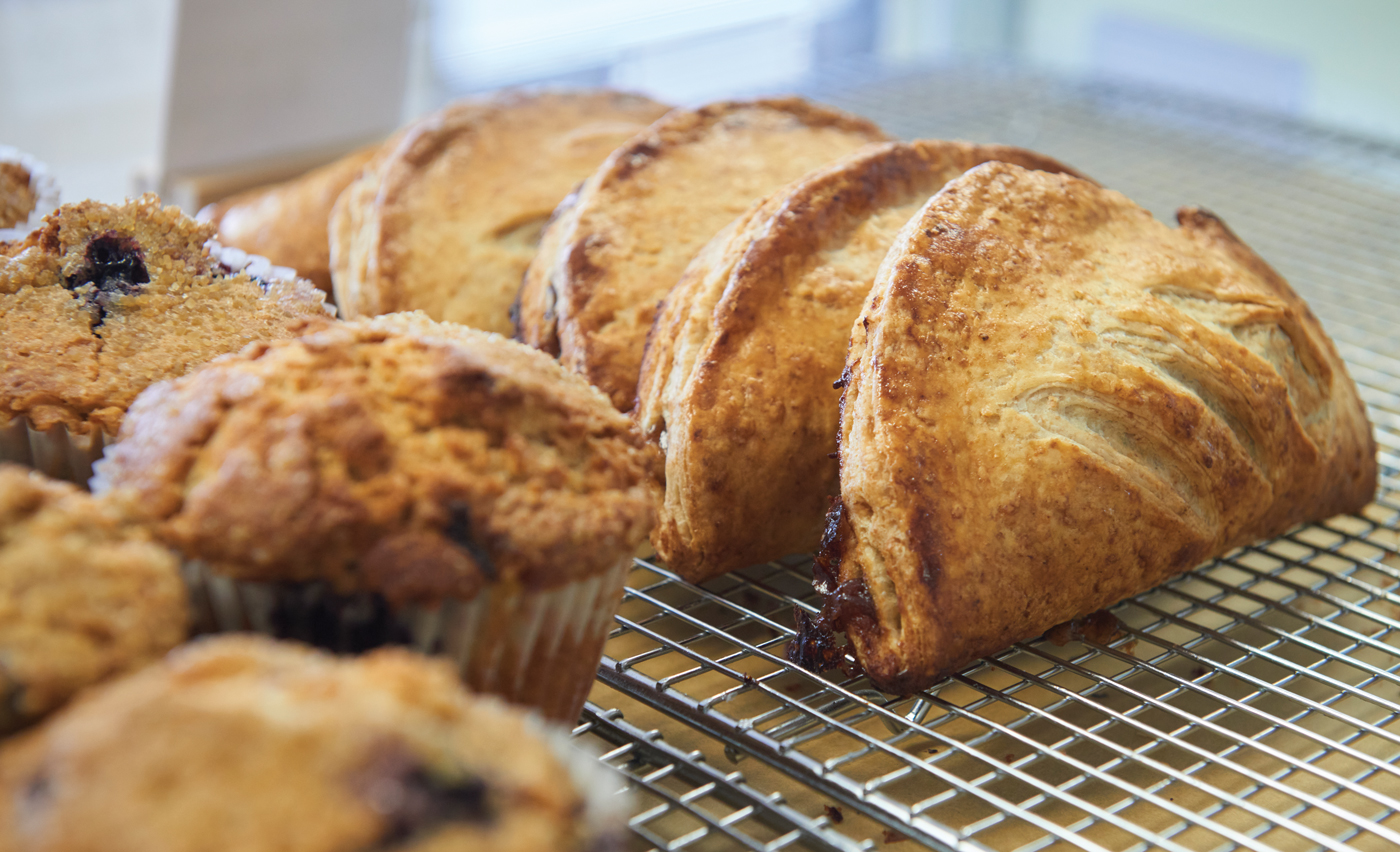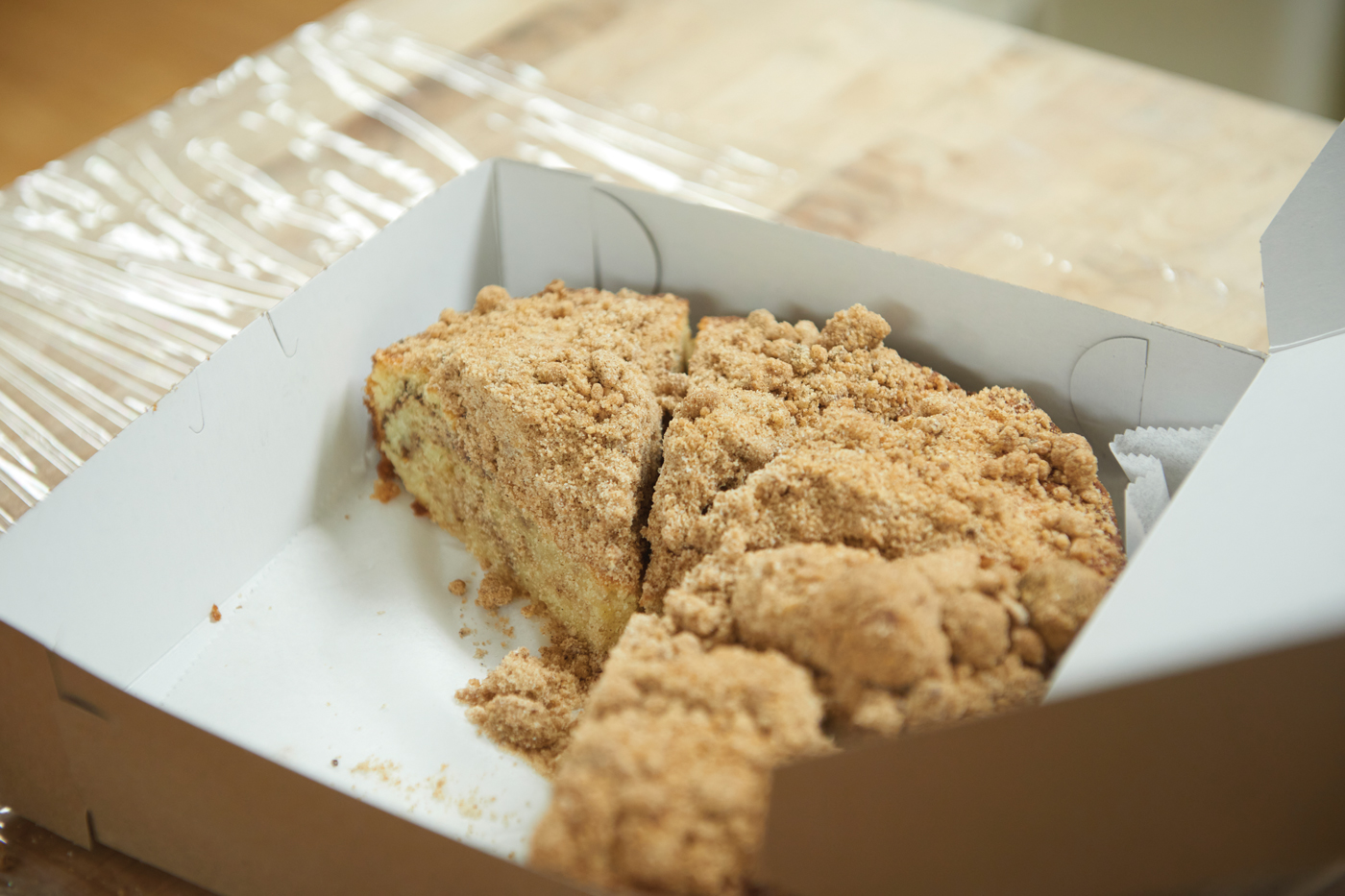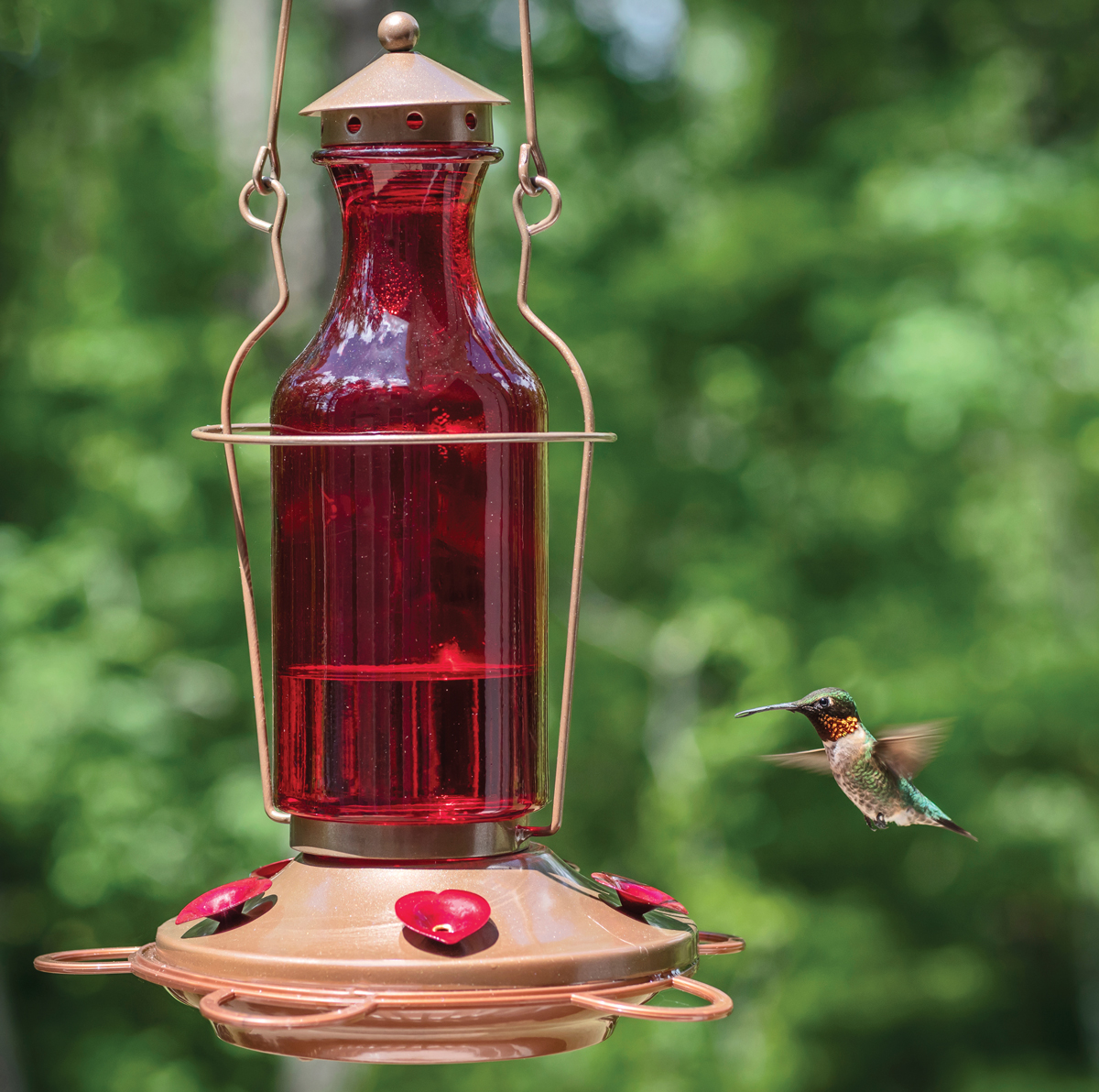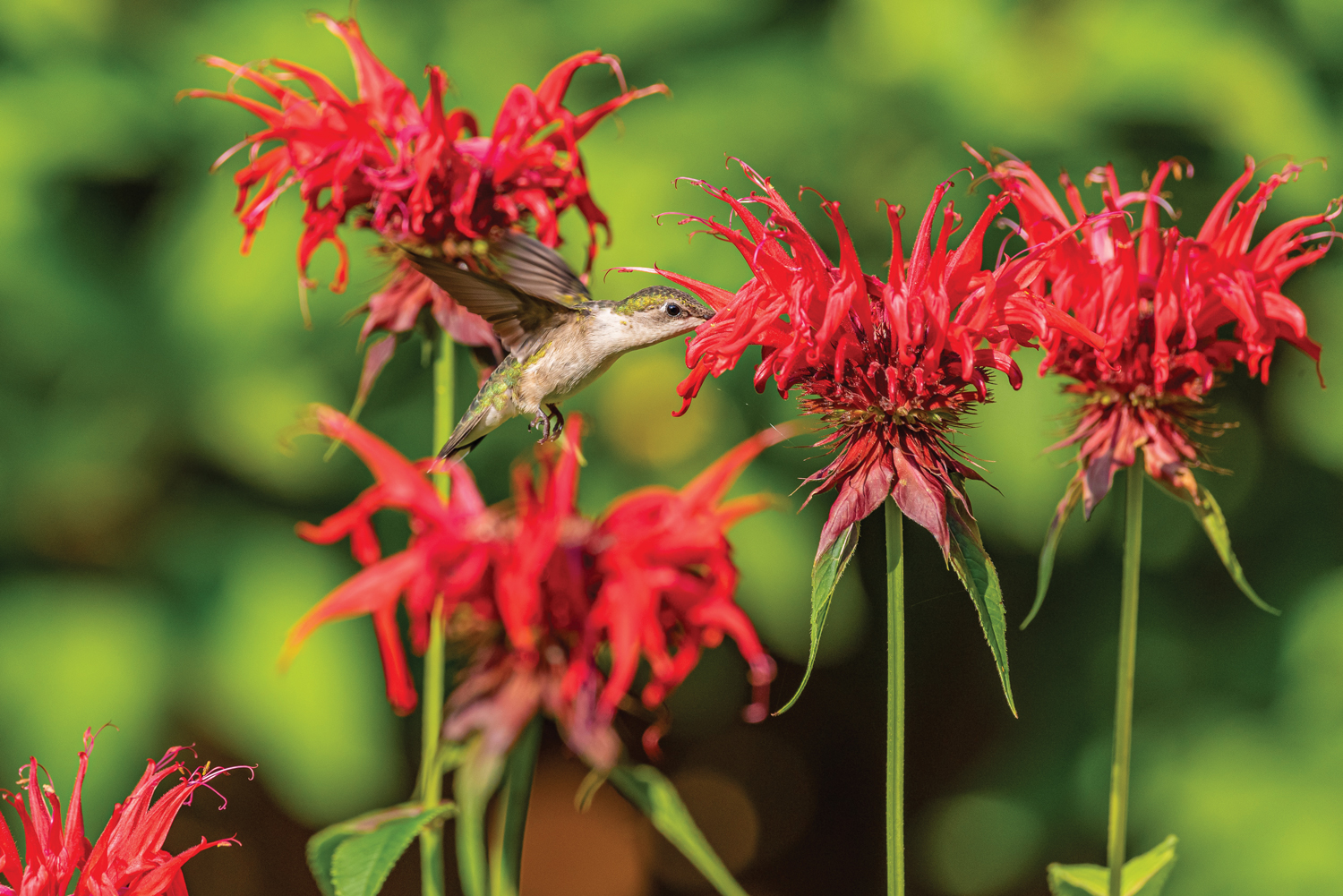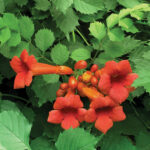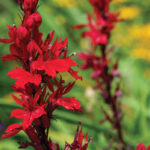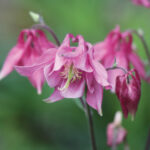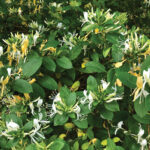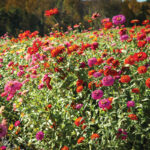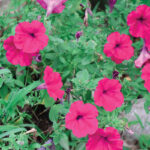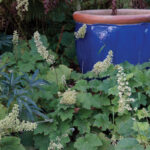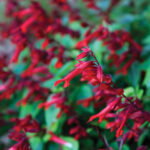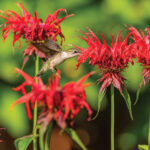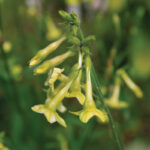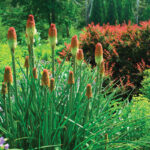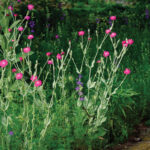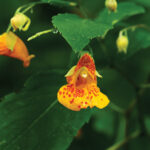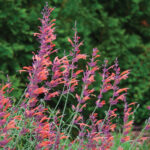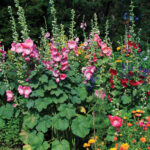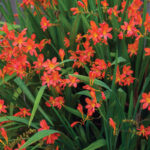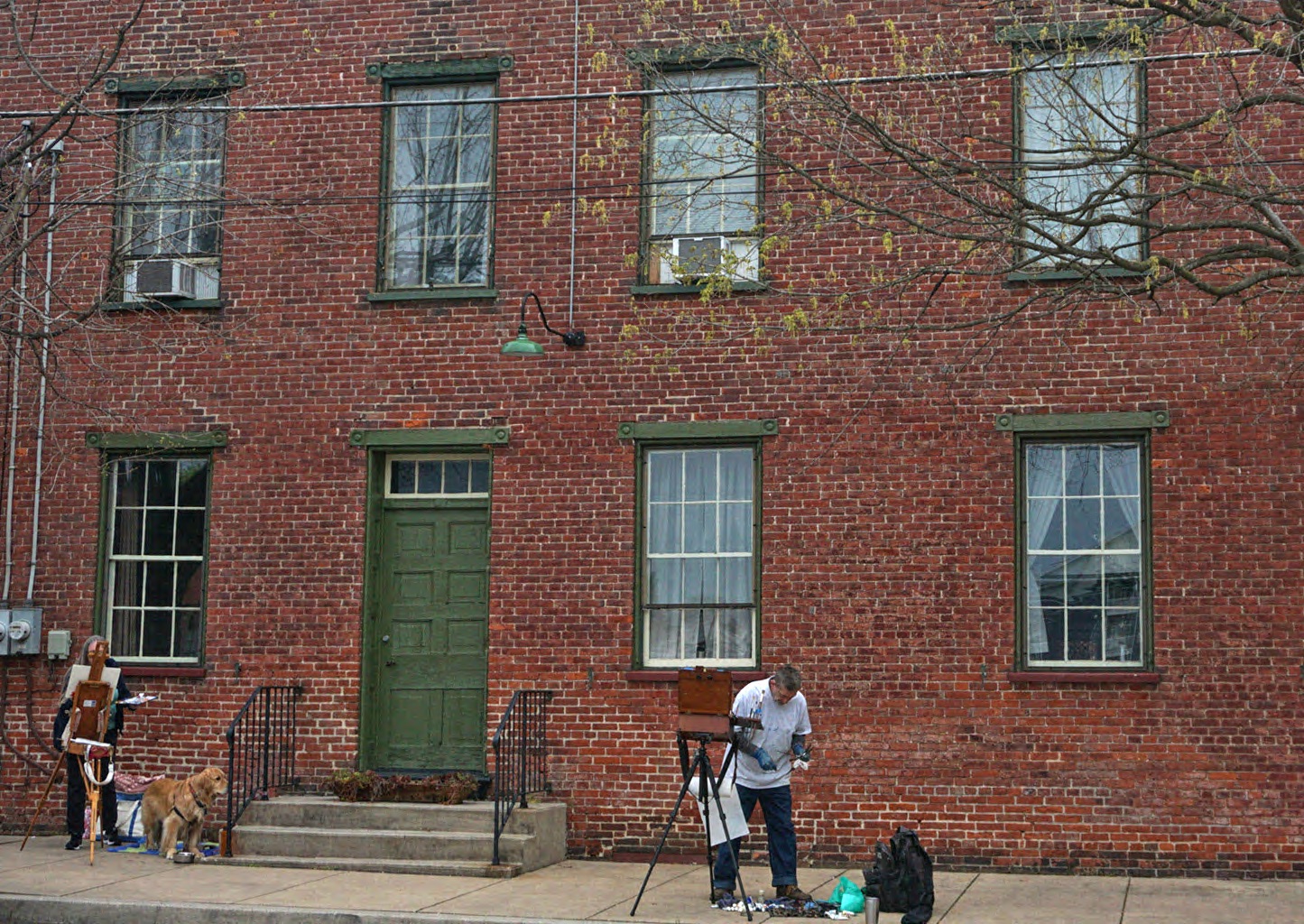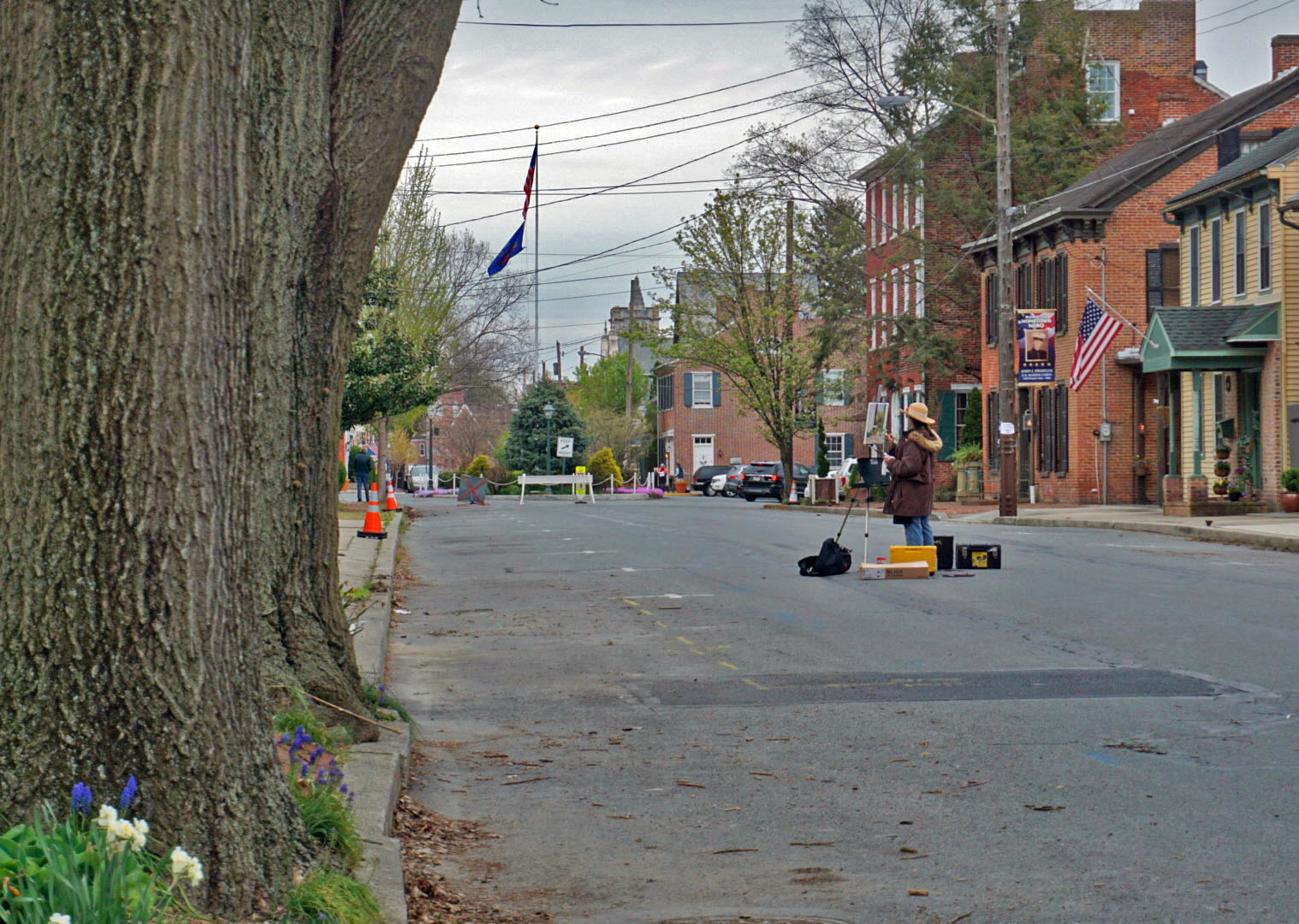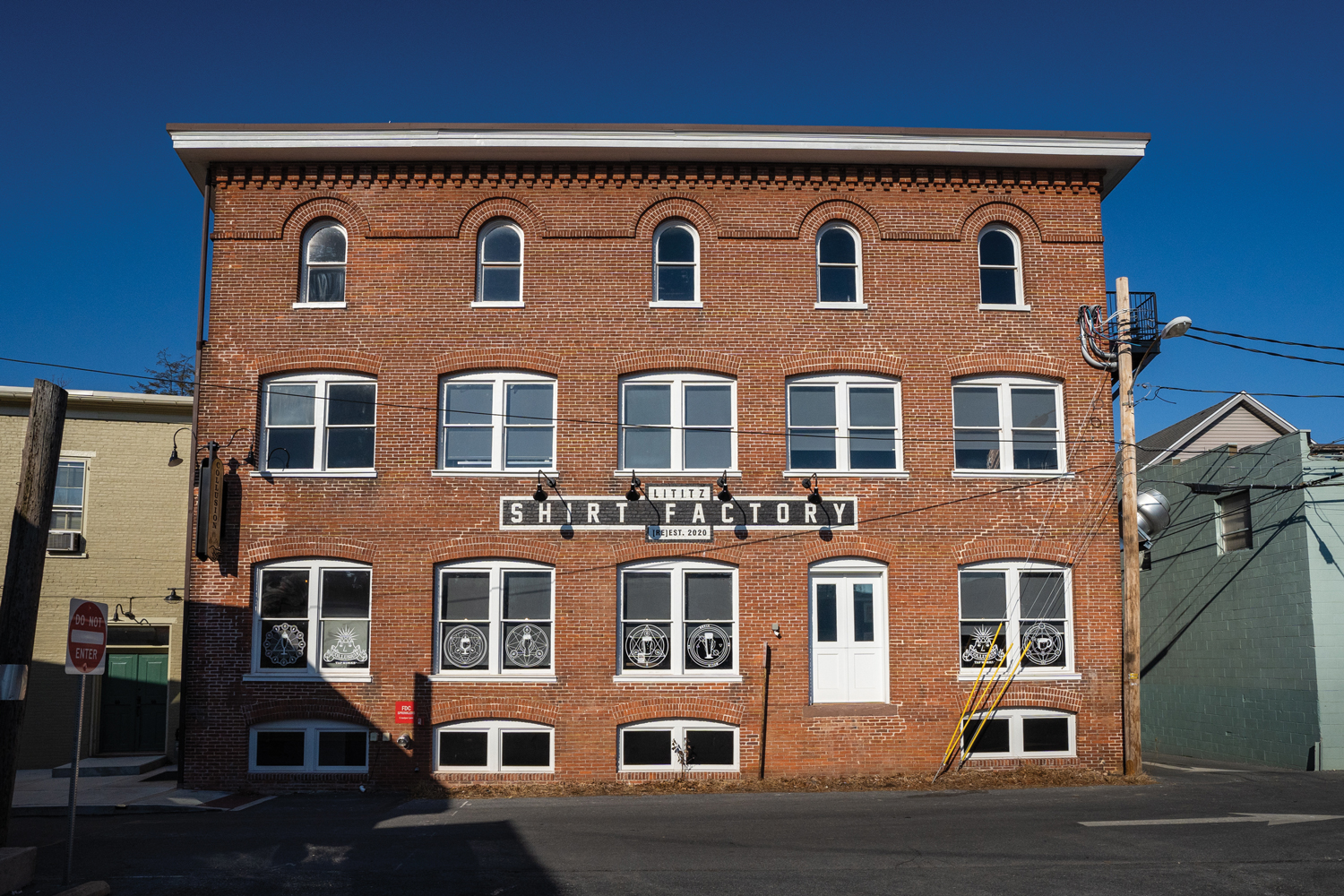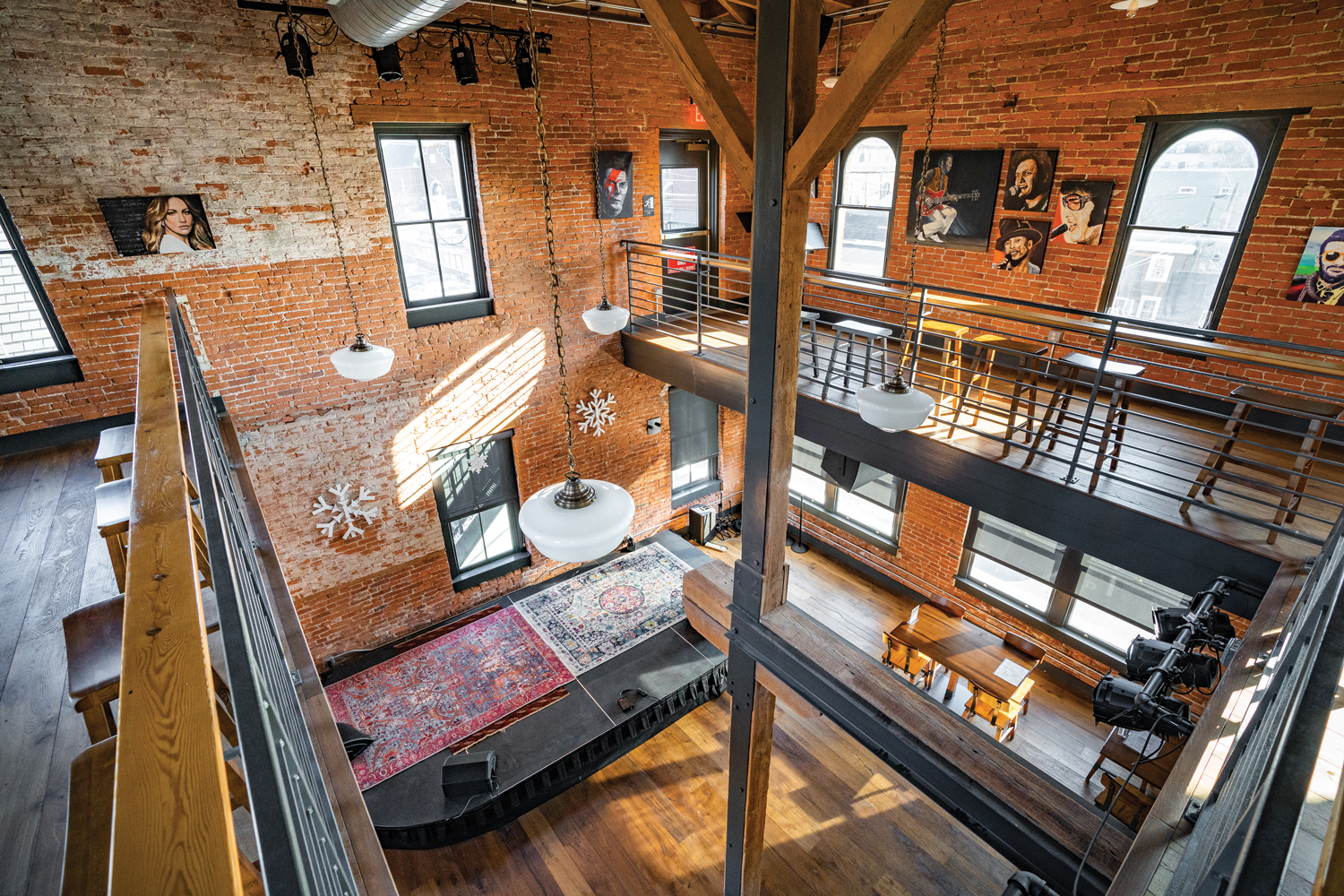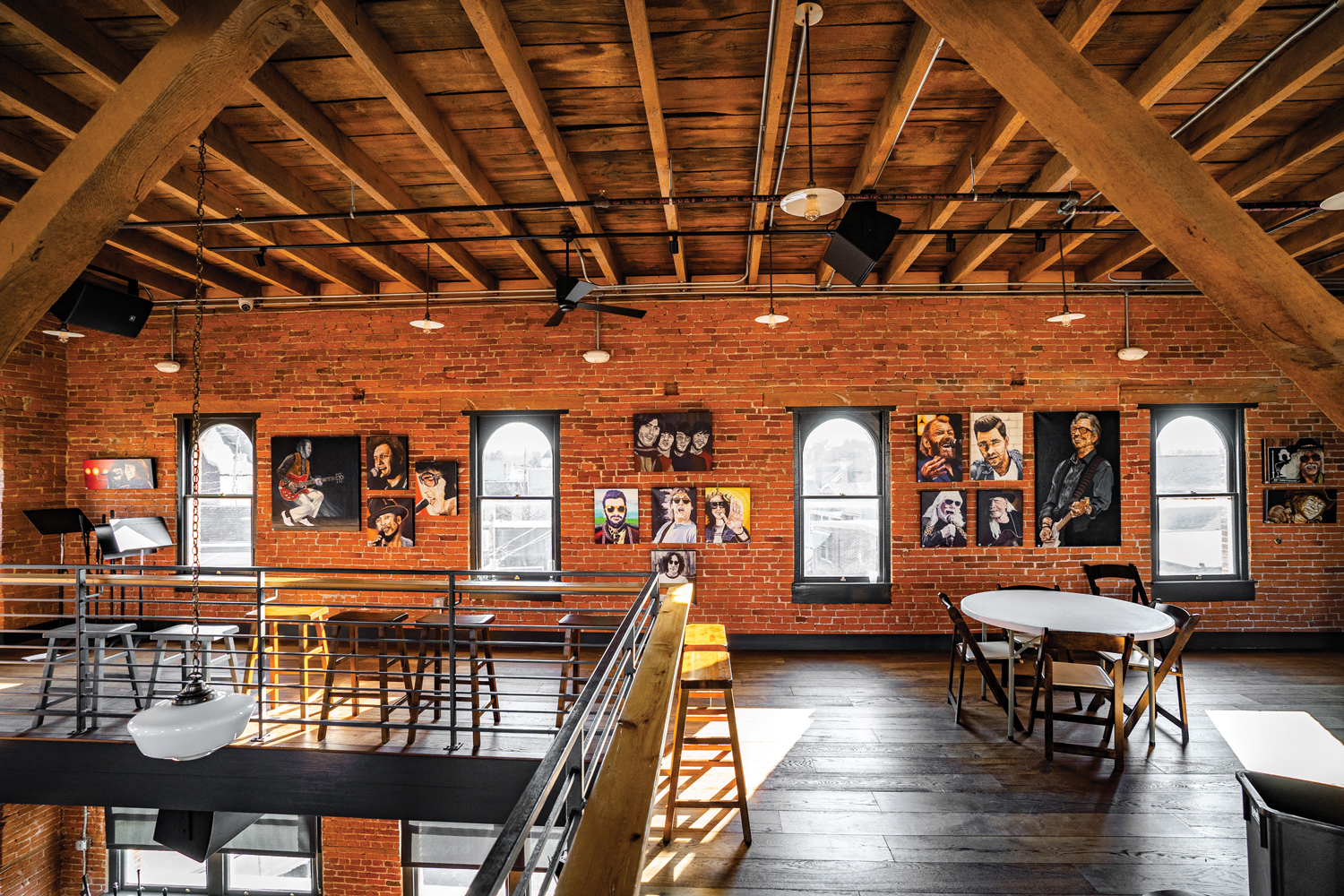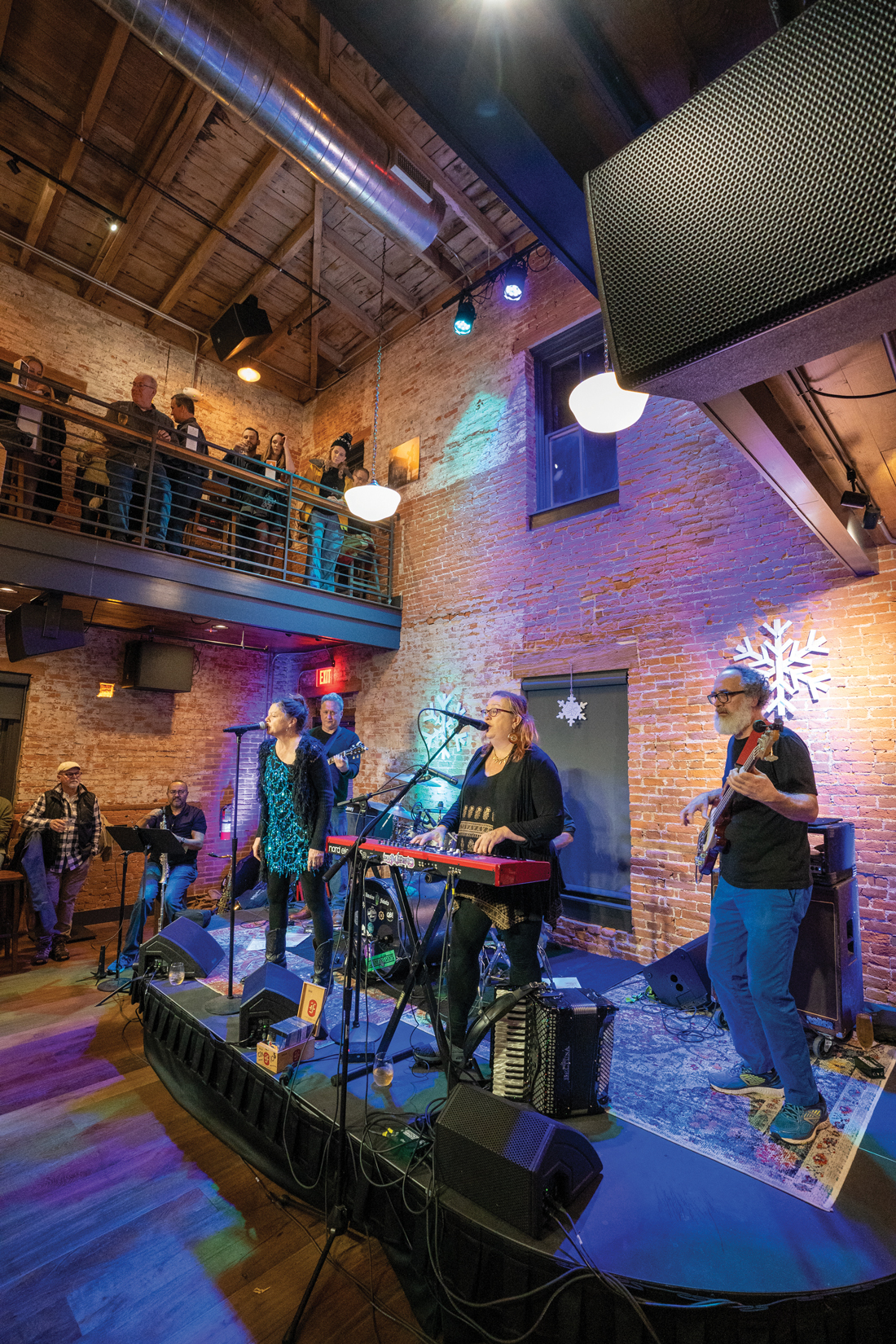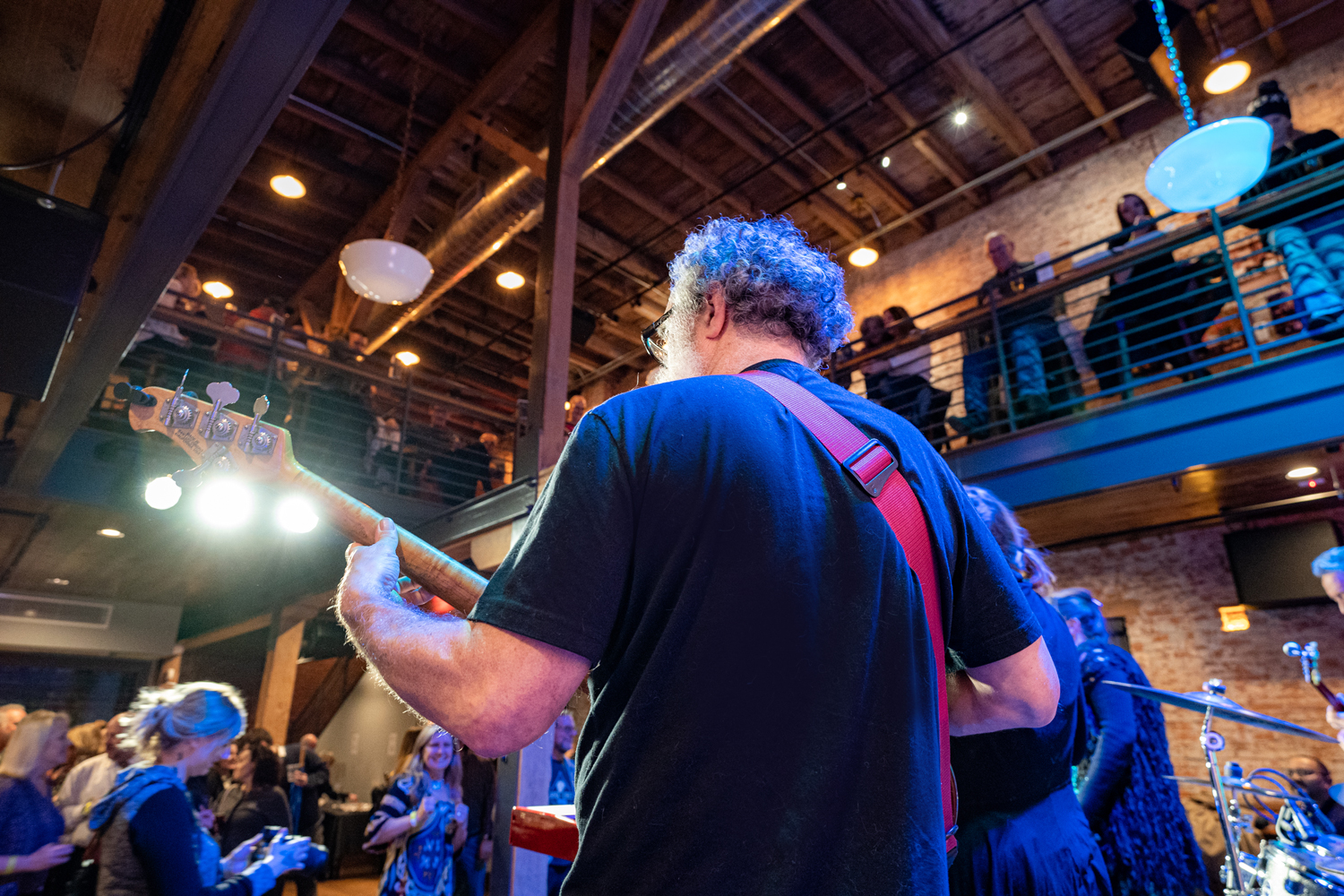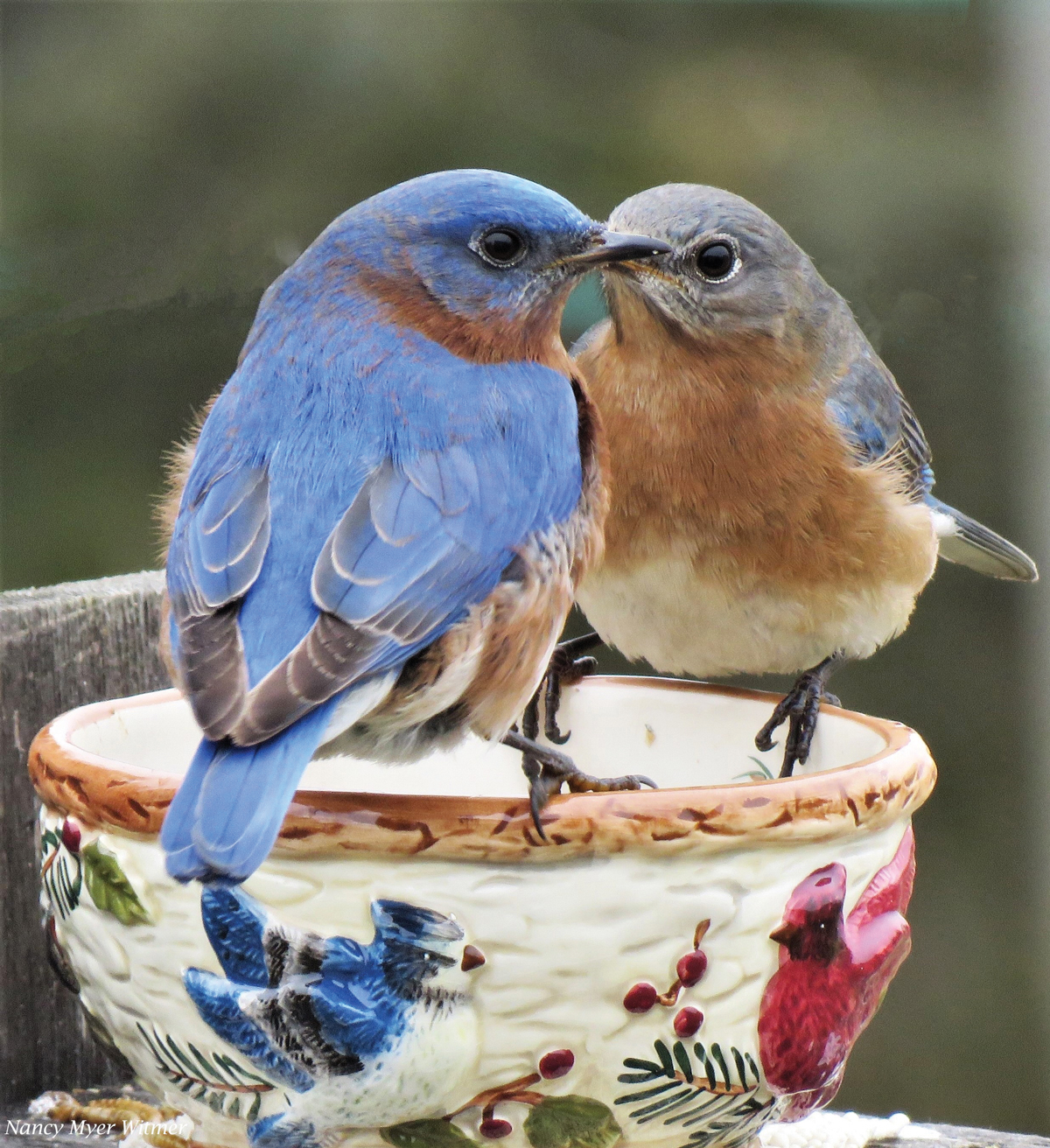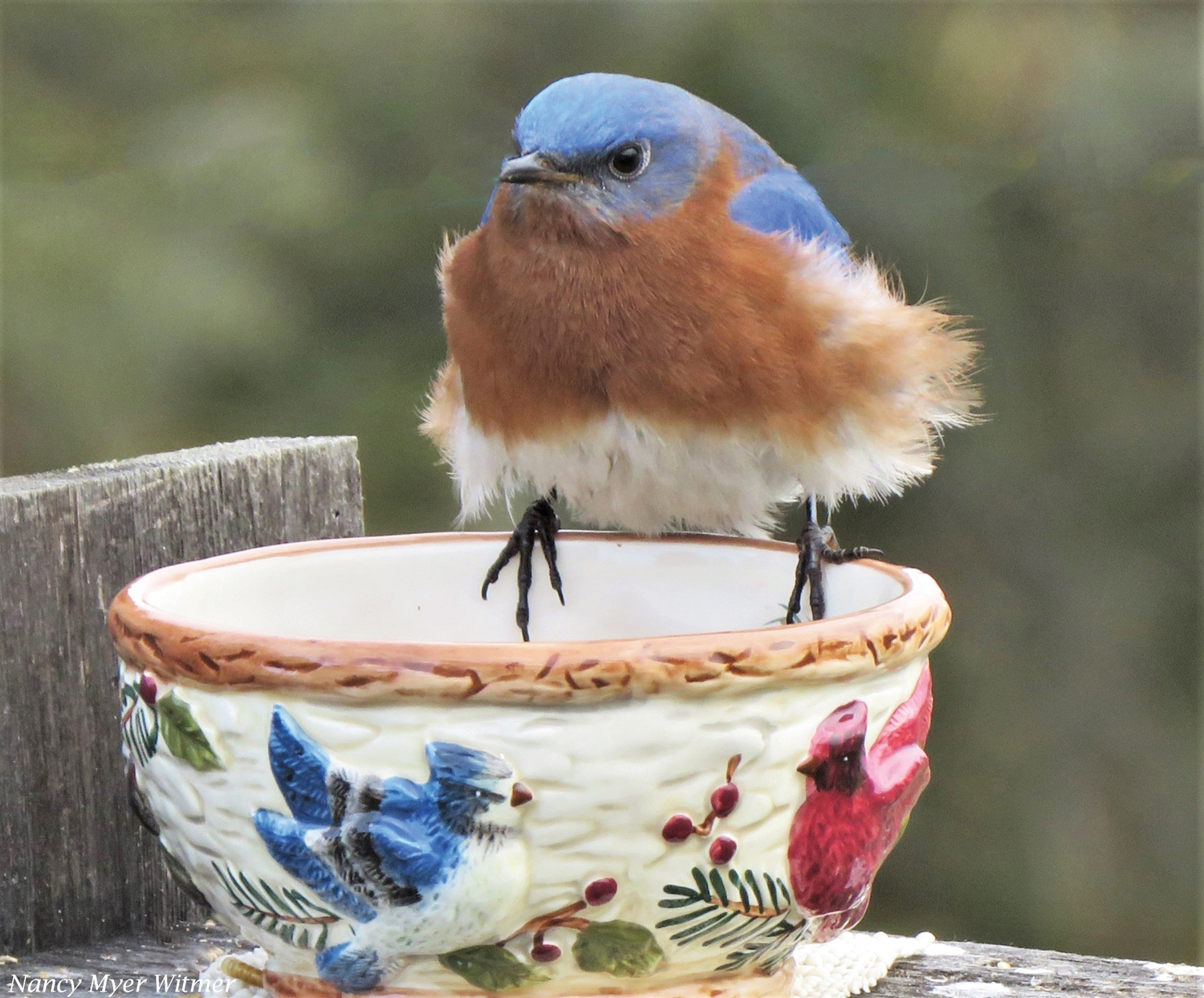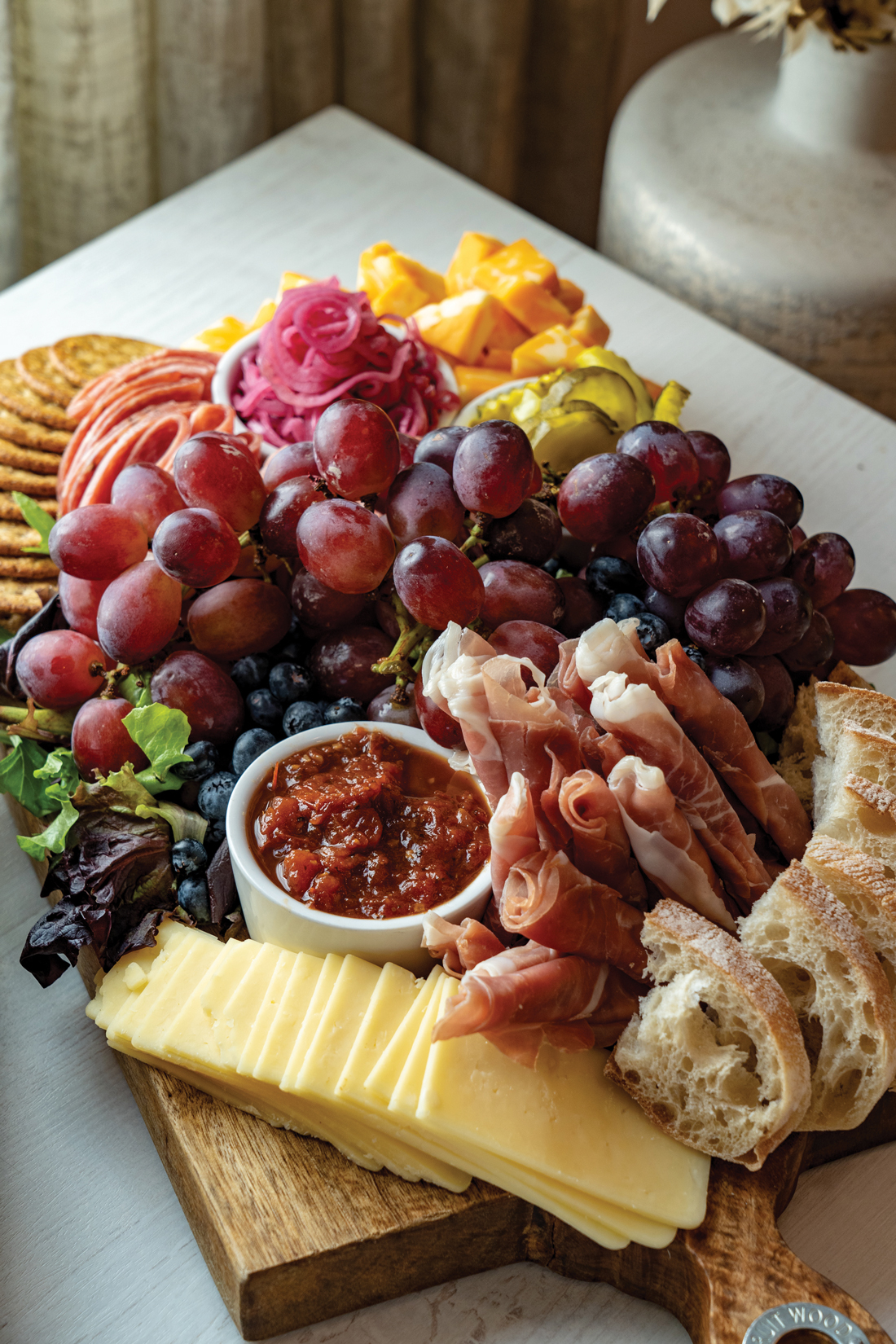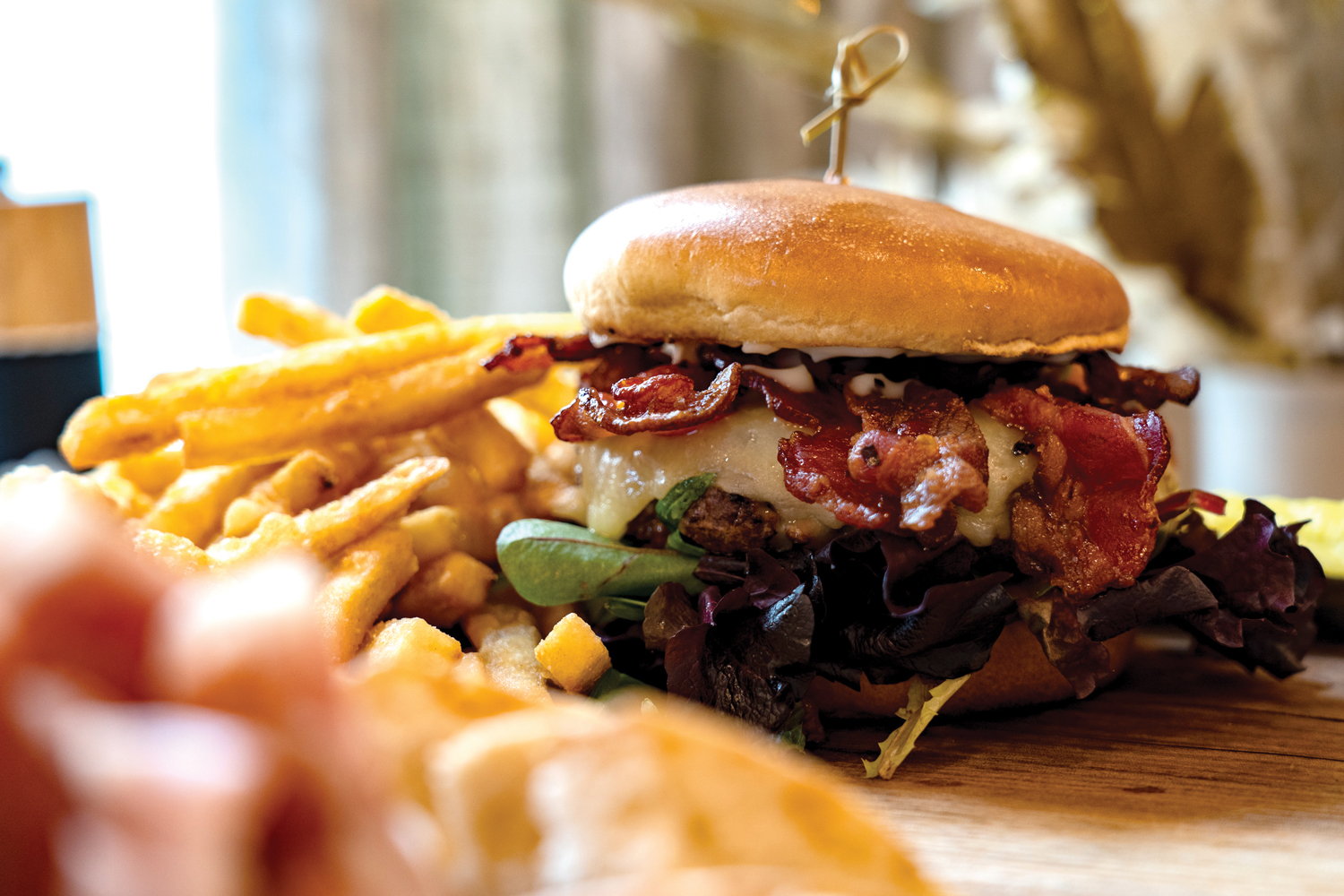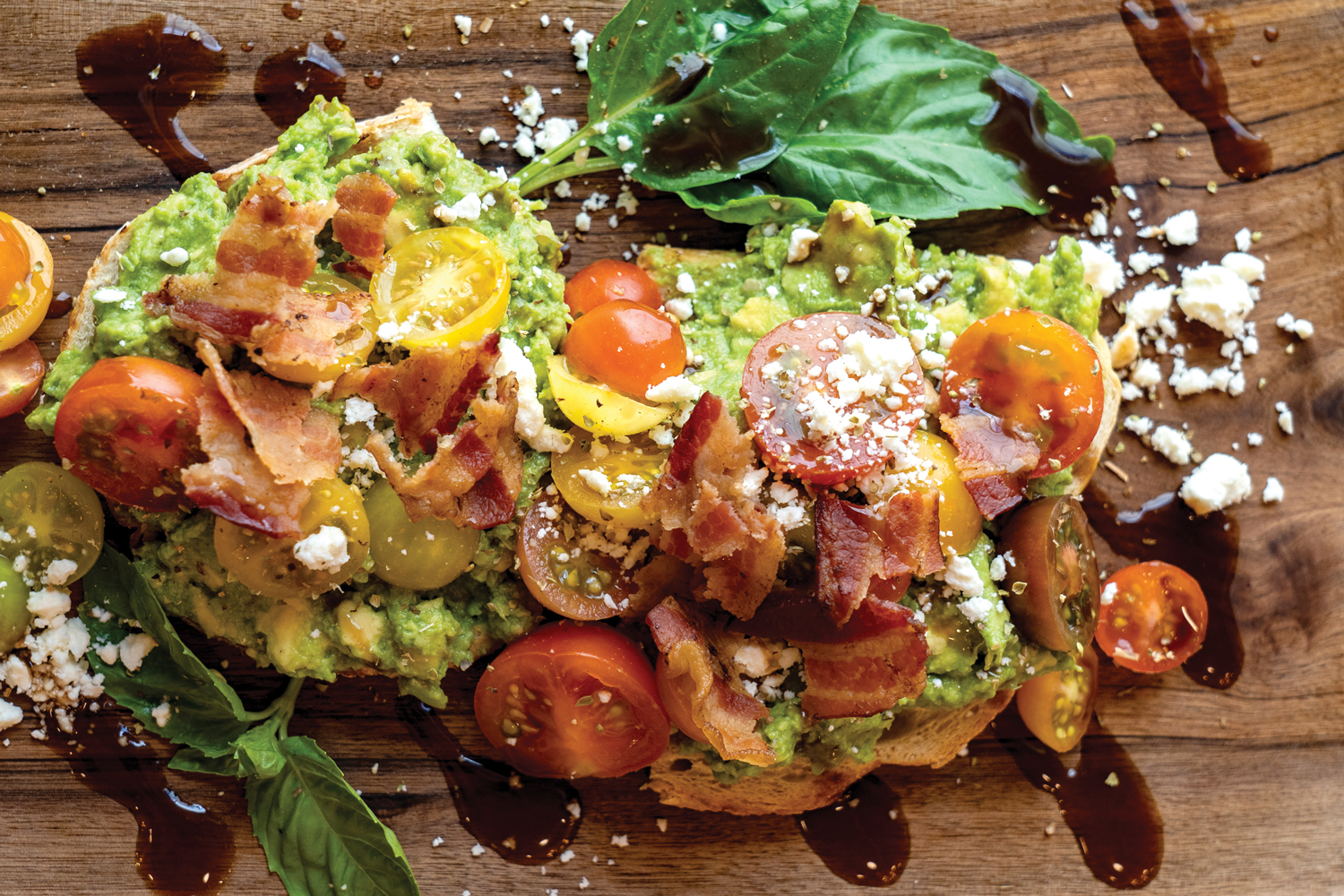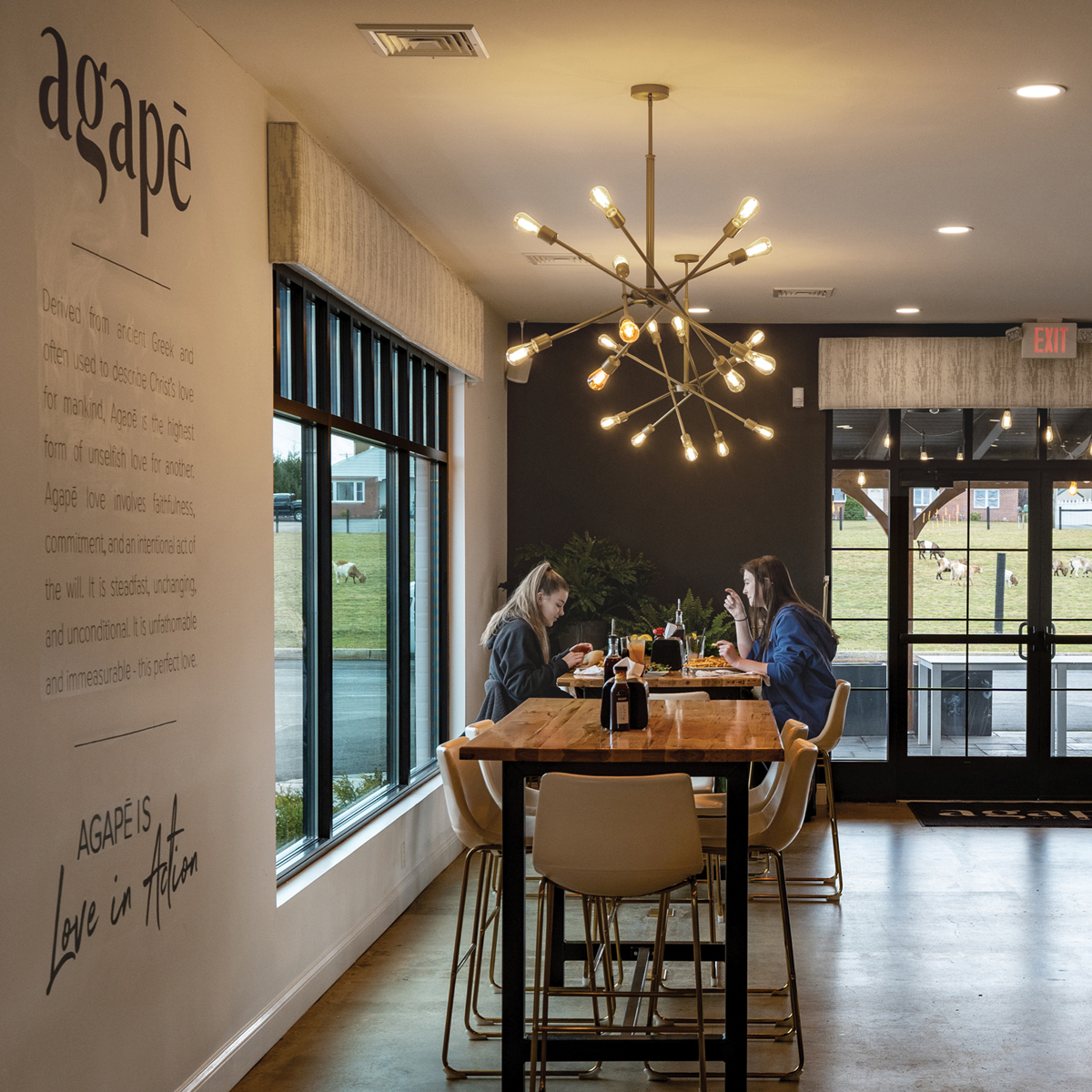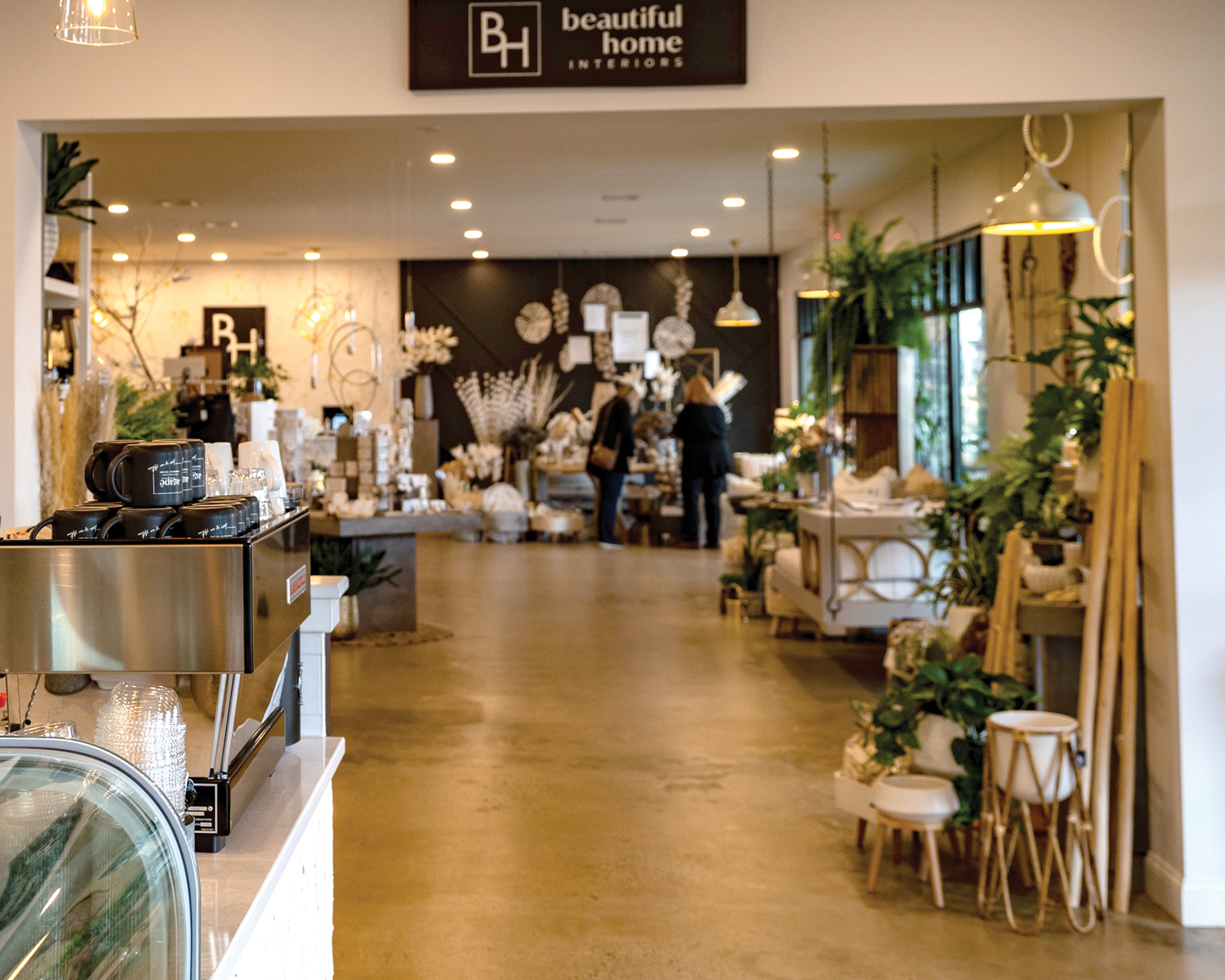May is when gardeners get serious about buying plants. By early June, they’re putting the finishing touches on their gardens, which just happens to coincide with Hospice & Community Care’s plant sale.
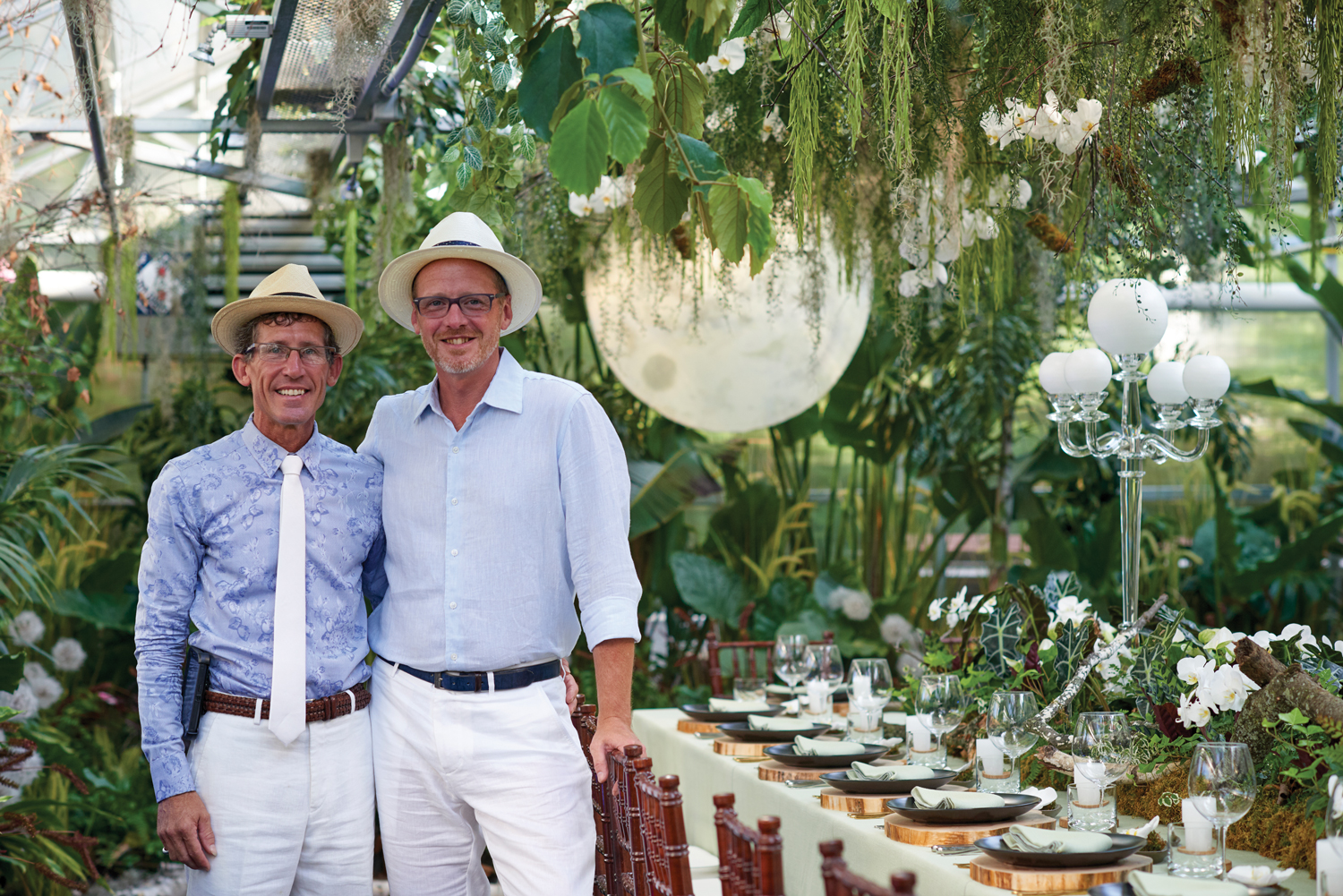
Tim Arpin (left) and James Henning of The Gilded Lily are once again spearheading a plant sale that benefits Hospice & Community Care.
Tim Arpin and James Henning of The Gilded Lily know all too well how busy May can be in the garden – they find themselves working nonstop on projects for clients throughout the month. But they ask that you save space in a bed or perhaps postpone filling that last container and patronize a plant sale they spearheaded three years ago to benefit an organization that is near and dear to their hearts – Hospice & Community Care.
The Backstory
Tim has supported Hospice’s famed Labor Day Auction for nearly 25 years. While his plant sale at the auction has always been successful, he felt there was a better way for him to contribute to the cause. “I kept saying September is not the month people are looking to buy plants,” he explains. He envisioned a separate fundraiser that would be held at a more lucrative time of the year – spring.
A New Benefit Takes Root
Four years ago, Tim and James took their idea to Hospice and it was agreed that the new fundraiser would debut in June 2020. The Gilded Lily took on the responsibility of growing and/or providing all the plants for the sale. COVID-19, of course, caused the format of the sale to pivot to one in which shoppers could place orders online and then utilize a drive-thru set-up to pick them up on the day of the sale. “We were happy with the fact that it was well received,” says James. “We saw its potential and viewed it as a year of growth.”
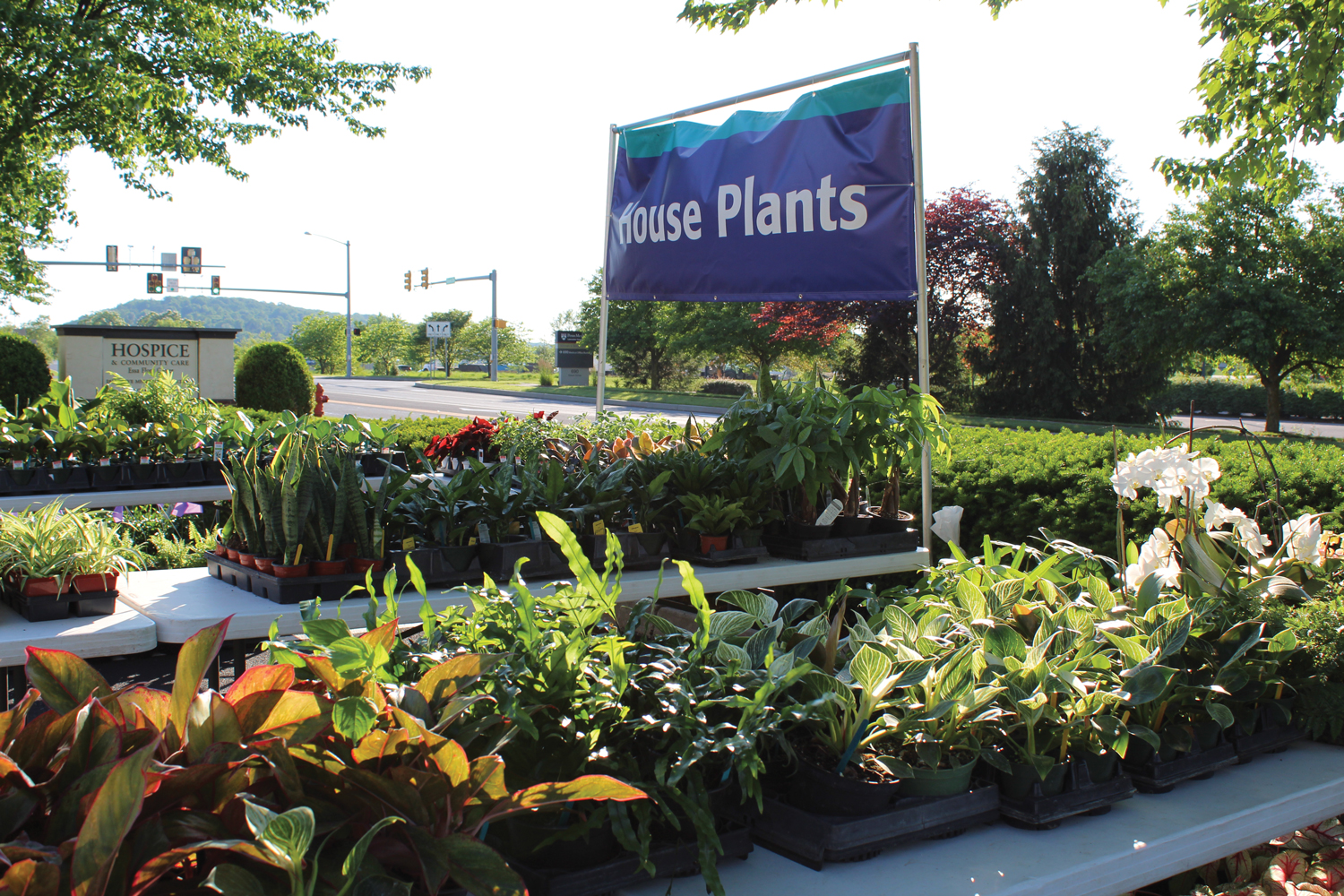
The sale will feature perennials, annuals, vegetable plants, herbs, houseplants, succulents and shrubs.
Growing Forward
With COVID restrictions eased, last year’s sale looked more like the one Tim and James originally envisioned. Six truckloads of plants filled the parking lot of The Essa Flory Center on Good Drive. “People were able to shop in person,” Tim notes. To everyone’s delight, sales doubled.
The Worker Bees
Tim and James take pride in the fact that 100% of the proceeds from the sale of plants benefits Hospice & Community Care. However, they say they could not conduct the sale without the help of Hospice volunteers who begin arriving at The Gilded Lily’s greenhouses in April to plant seeds and, as the season progresses, pot up plants and then help to prepare the hanging baskets and container gardens. “Without those volunteers, the sale would not happen,” Tim notes.
Plant Sale #3
This year’s sale will be held over the course of two days – June 3 and 4. In addition to the wide variety of plants – perennials, annuals, shrubs, veggies, herbs, houseplants and succulents – container gardens and hanging baskets will also be available. “We’ll also have a Bargain Corner,” Tim says, adding that he and James will be on-site Friday to answer questions and assist customers. In addition, food trucks will be on-site both days.
Details
Location: The Essa Flory Center, 685 Good Drive in Lancaster
Hours: June 3, 3-7 p.m. June 4, 7 a.m.-1 p.m. (rain/shine)
Tender: Cash, checks and credit cards
Questions: hospiceandcommunitycare.org

